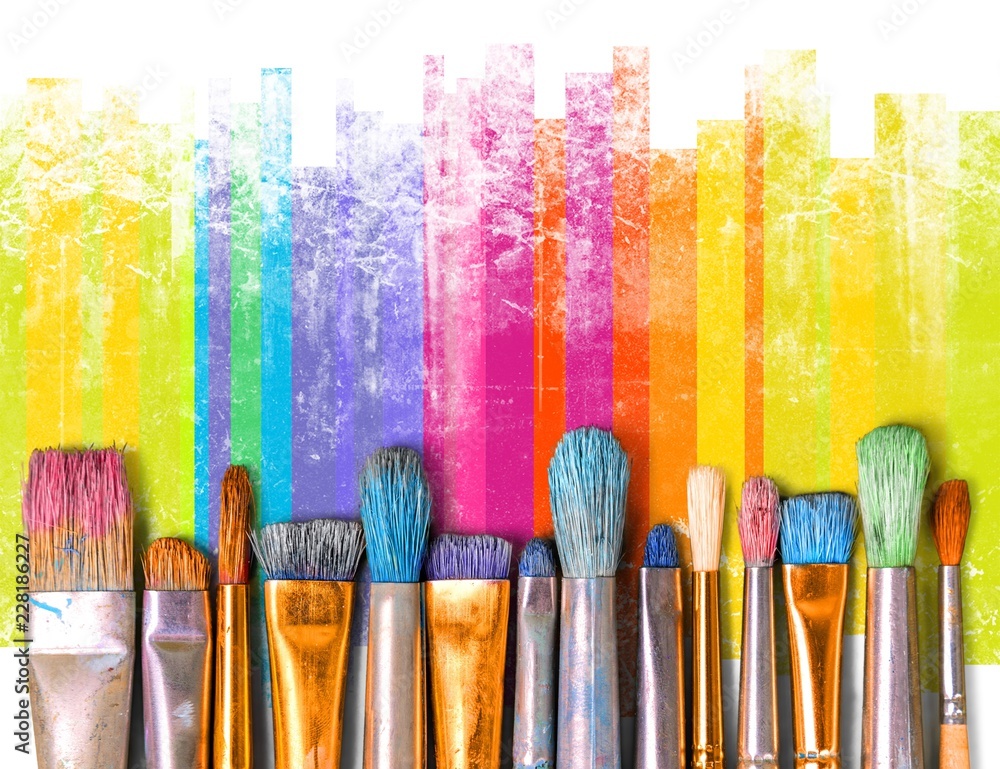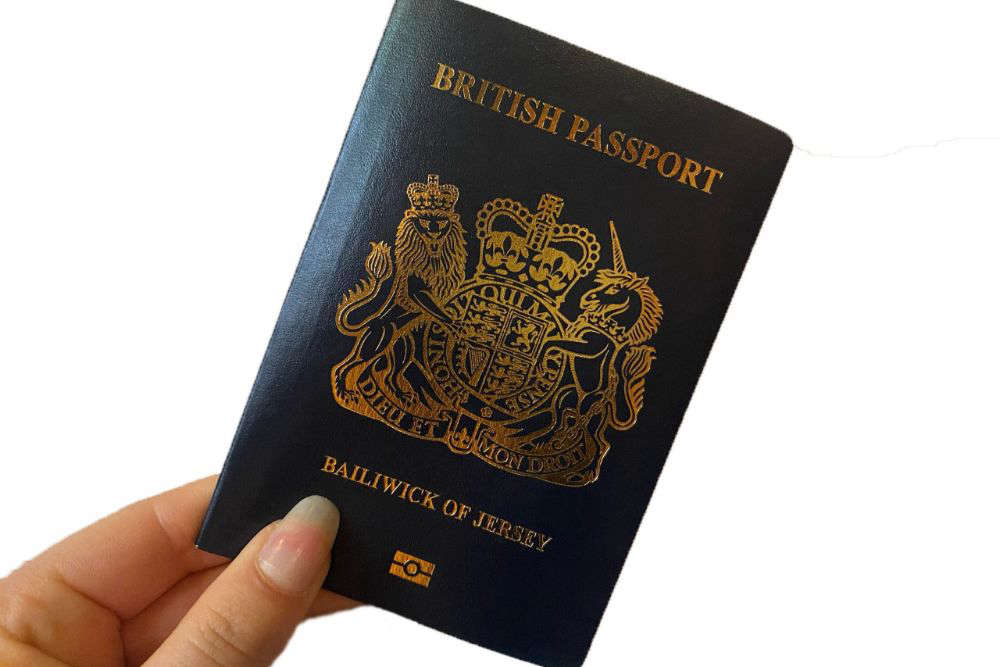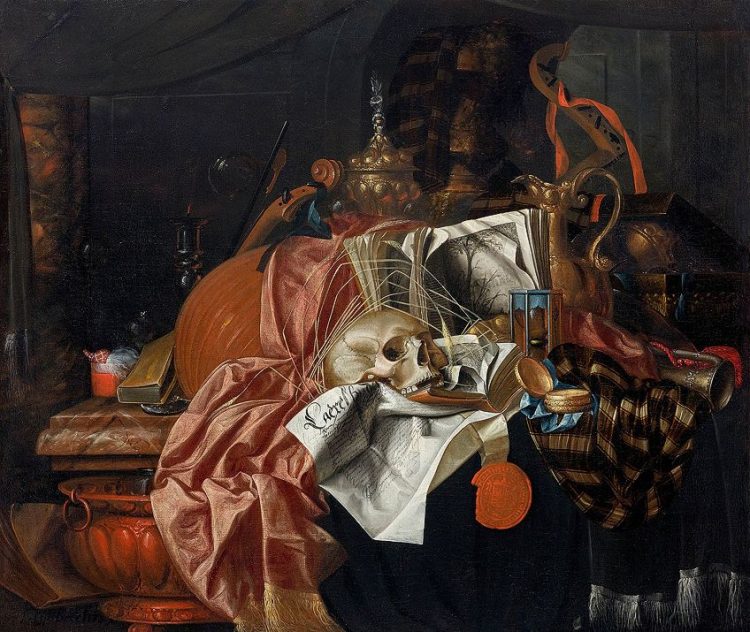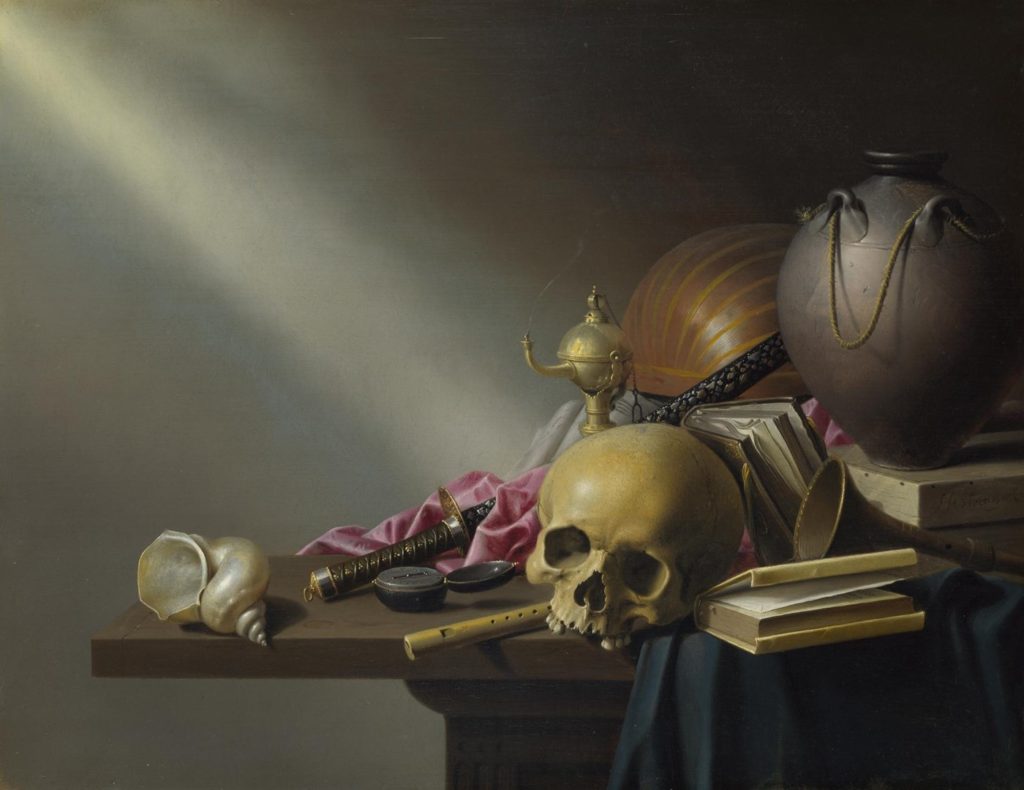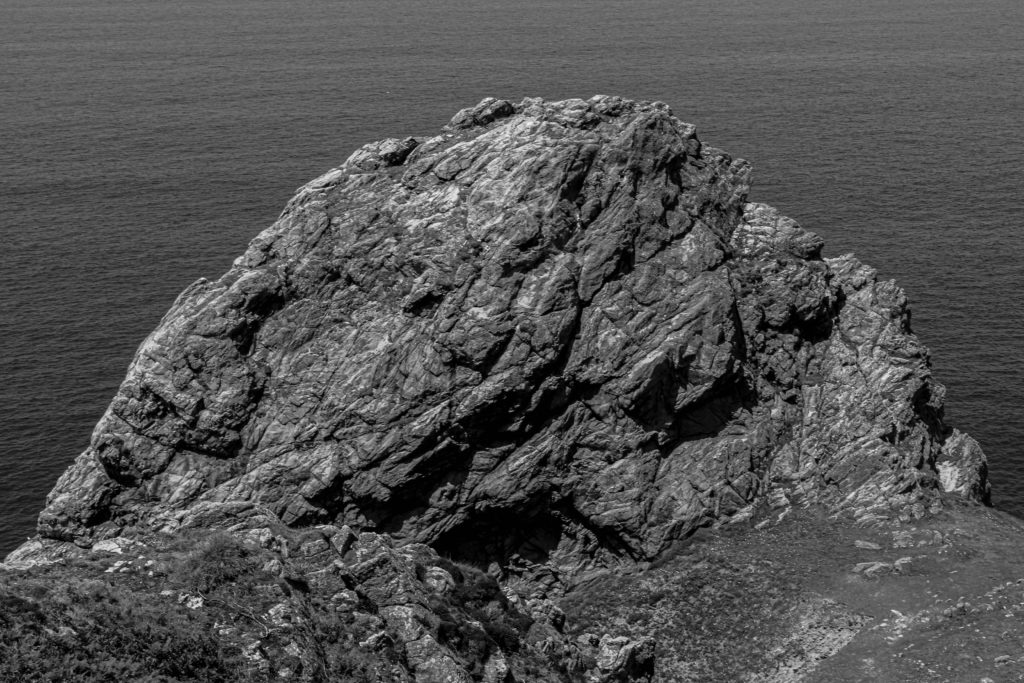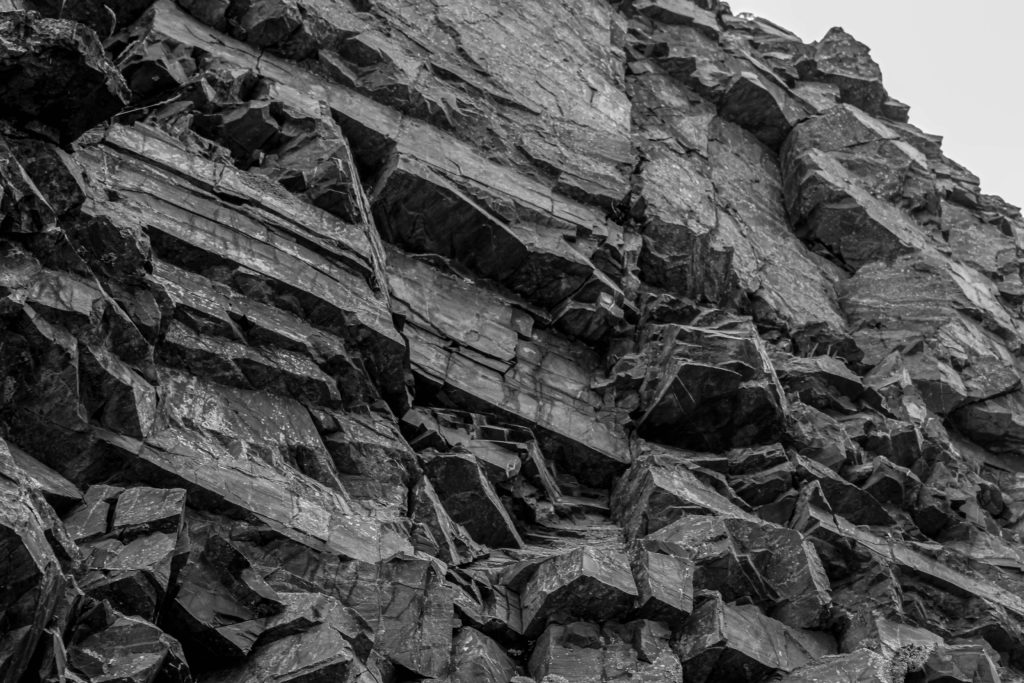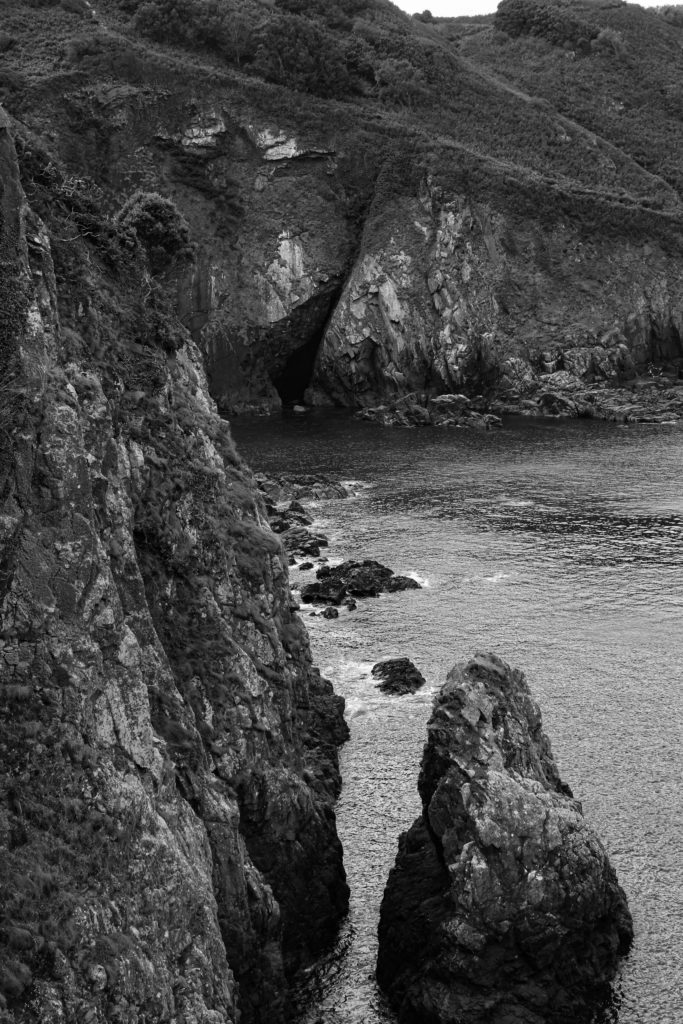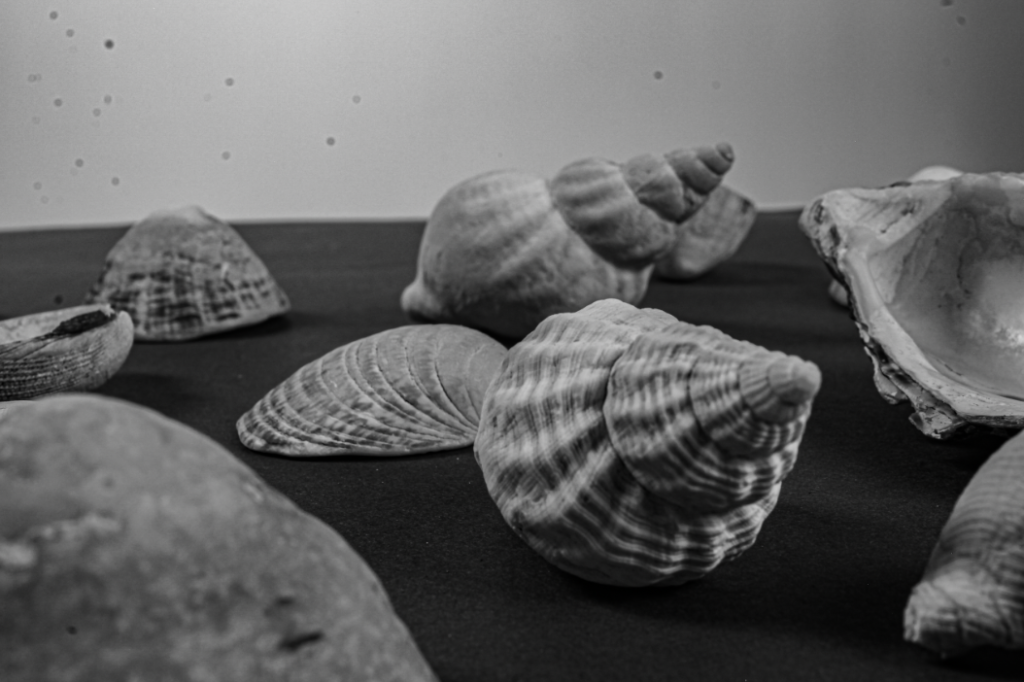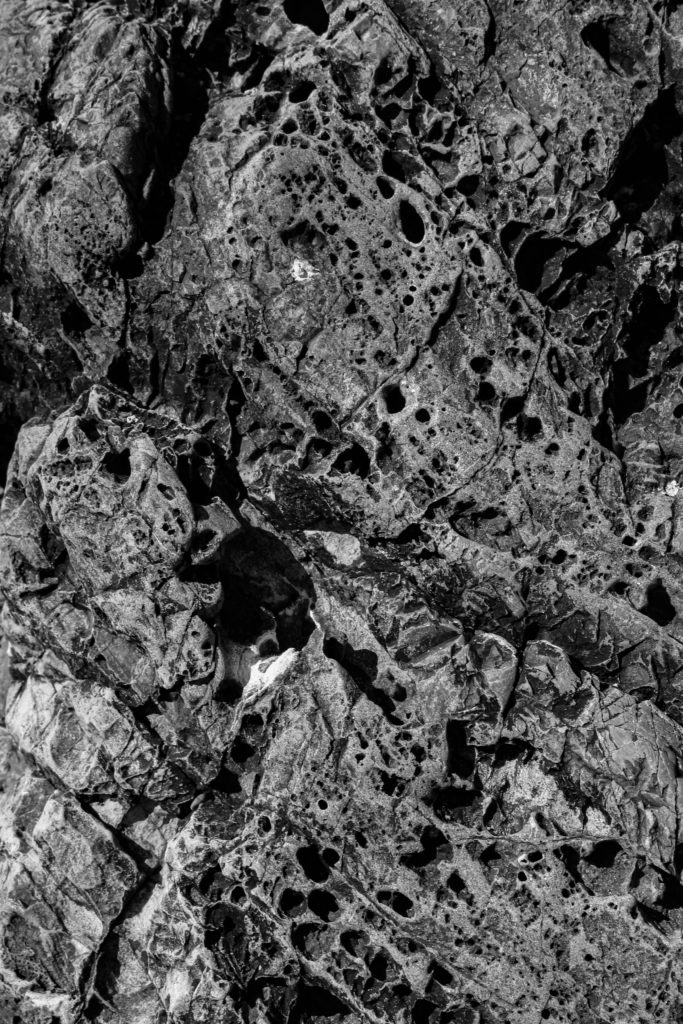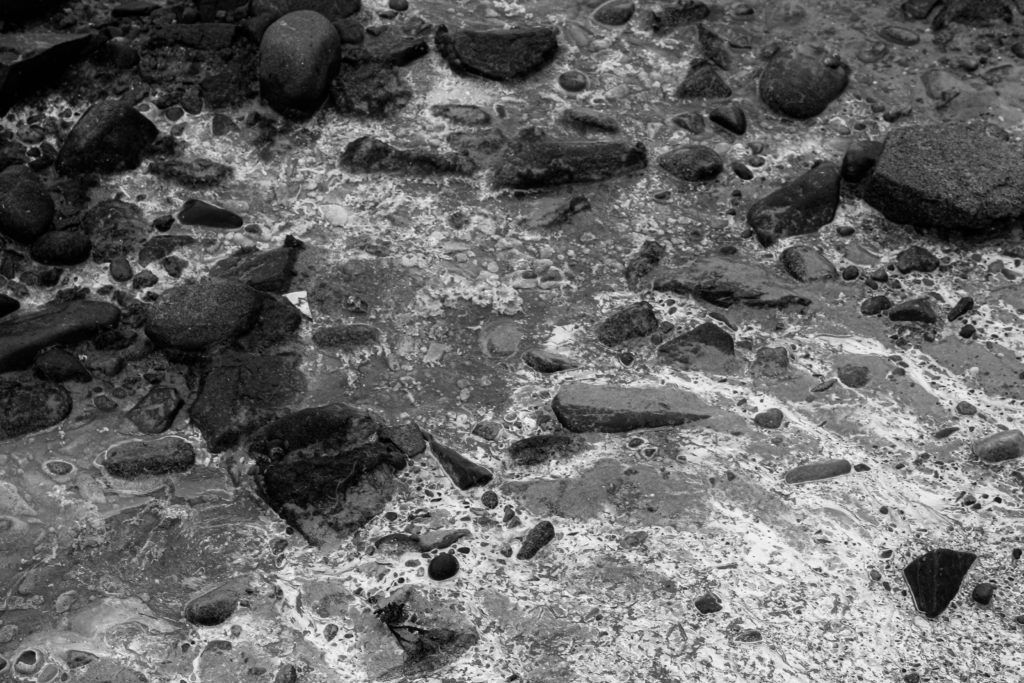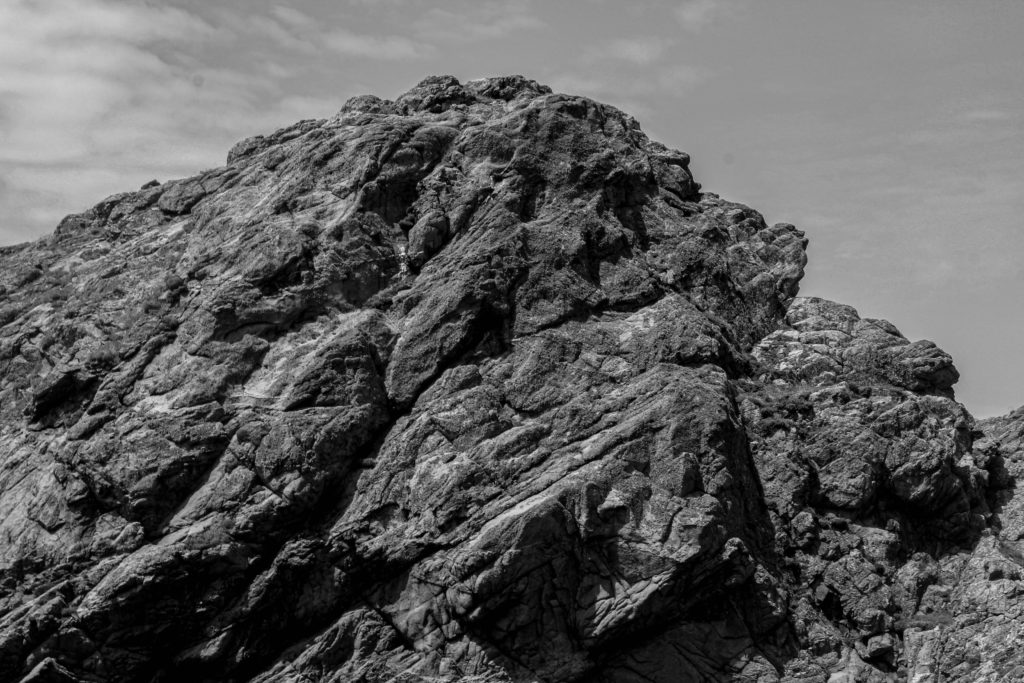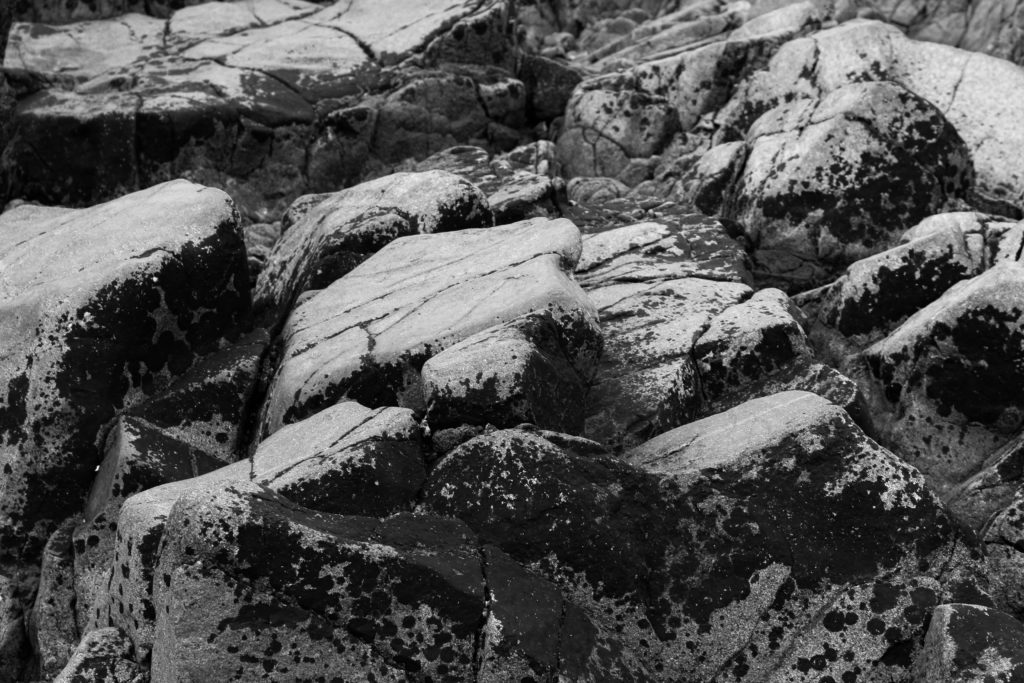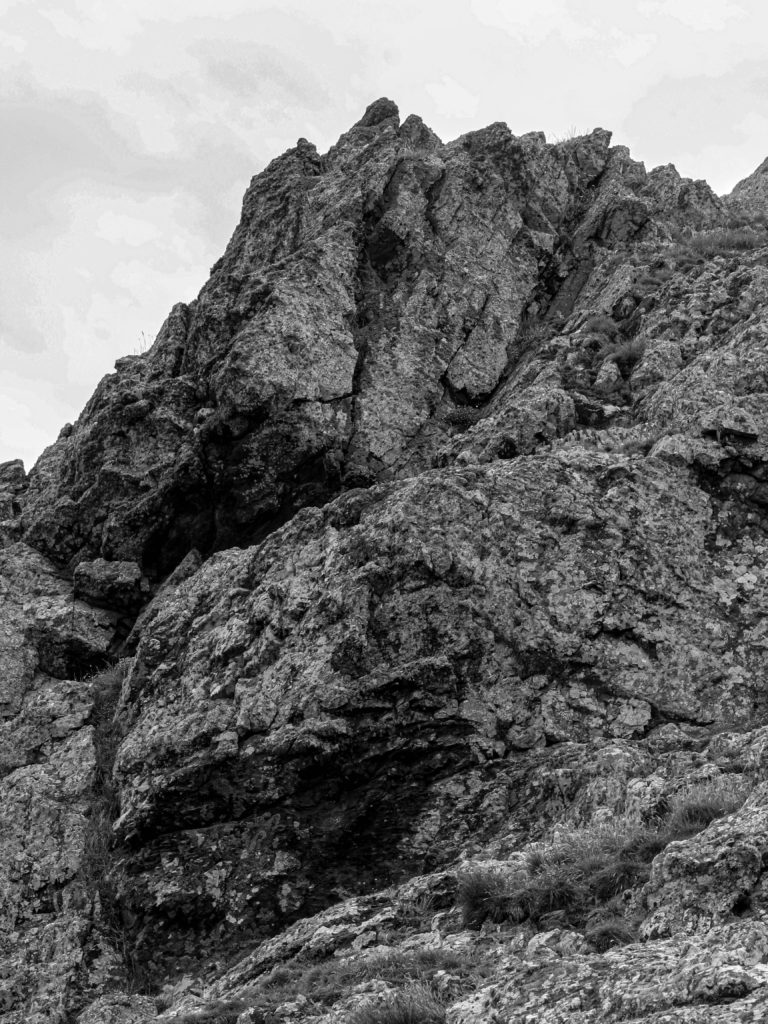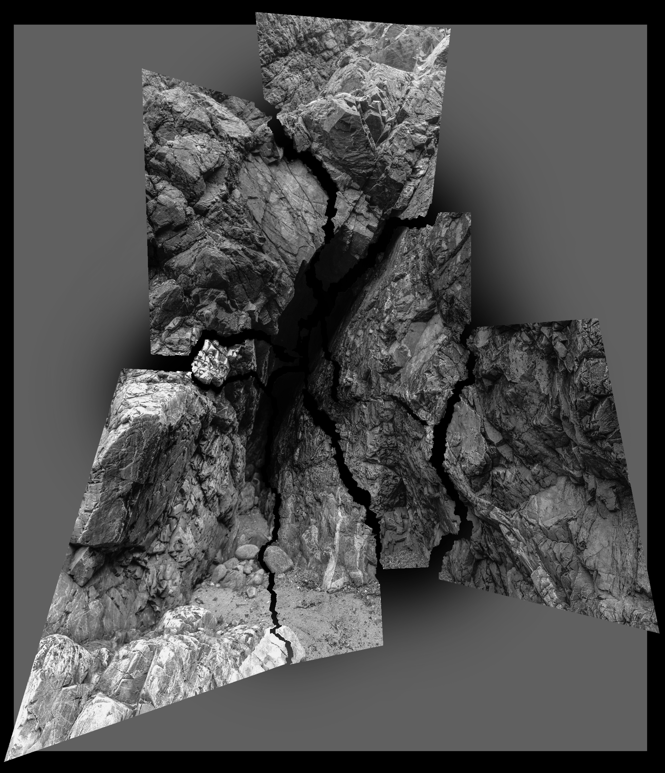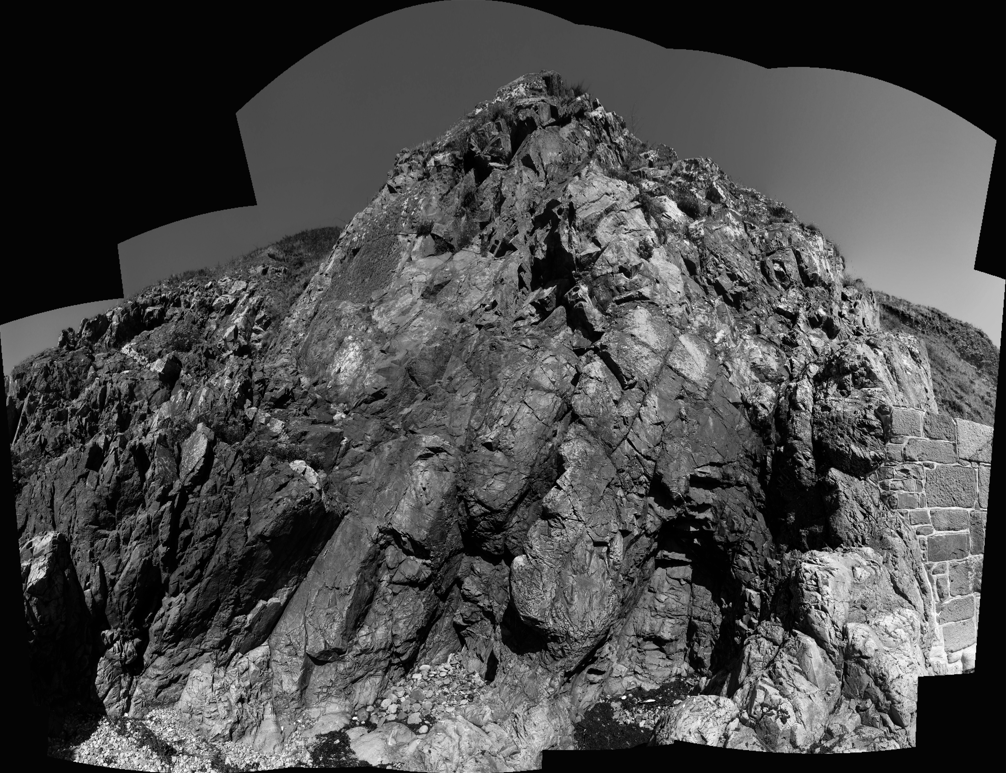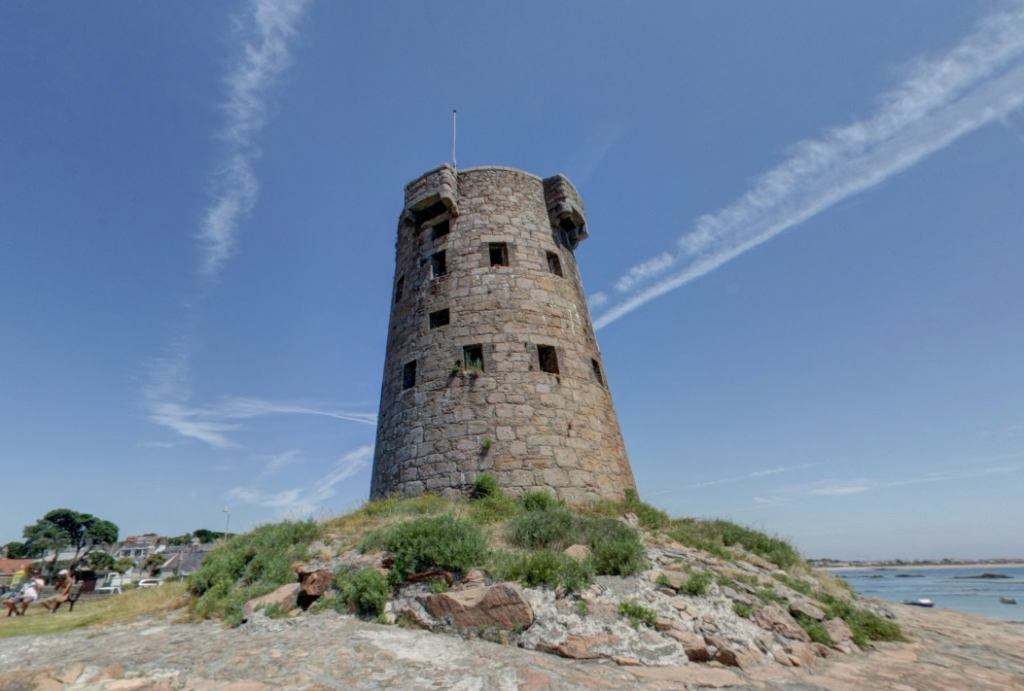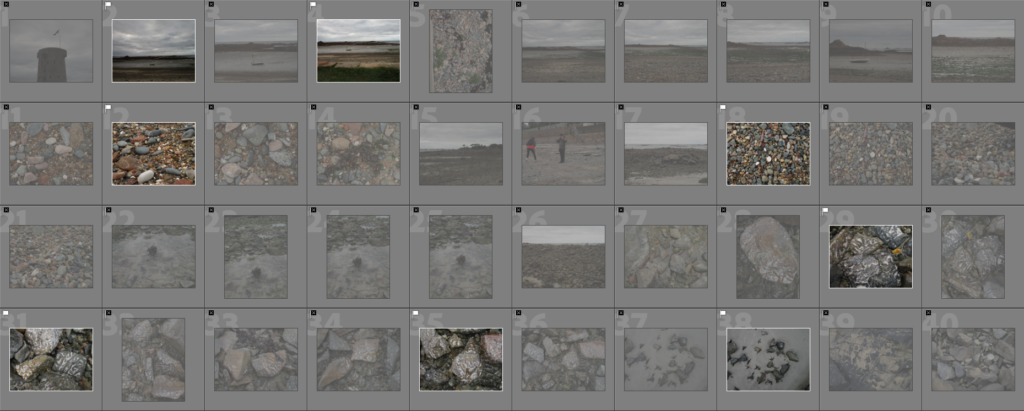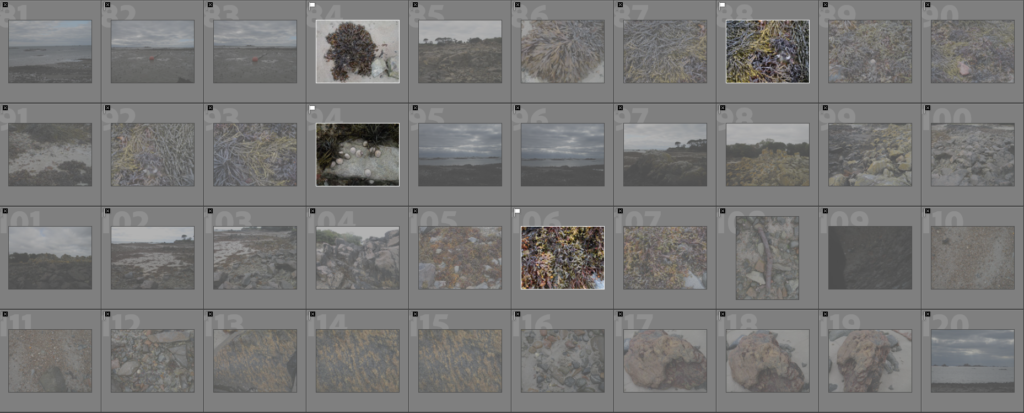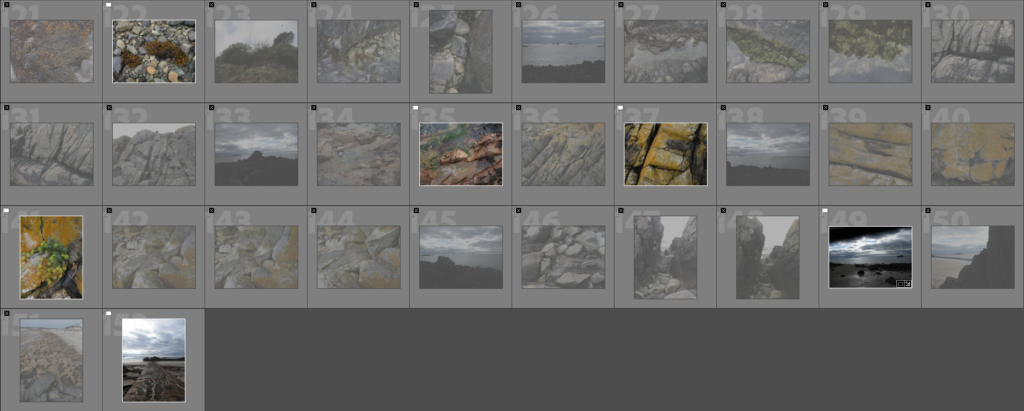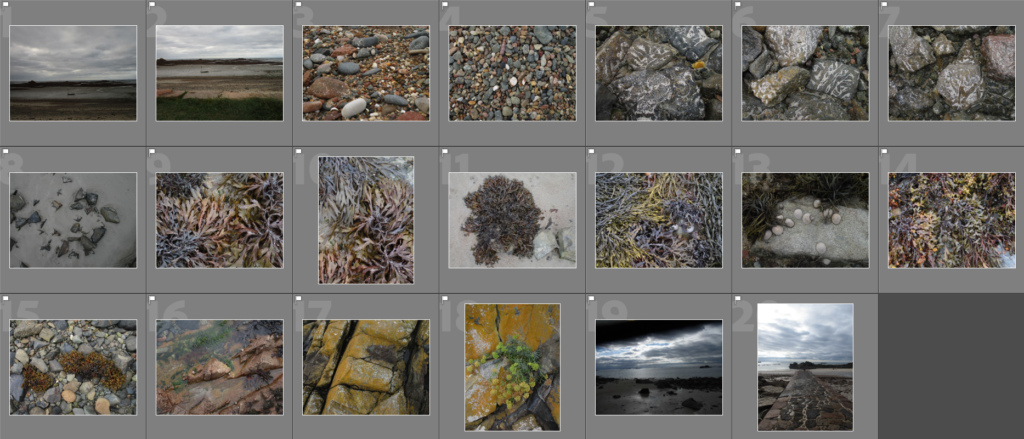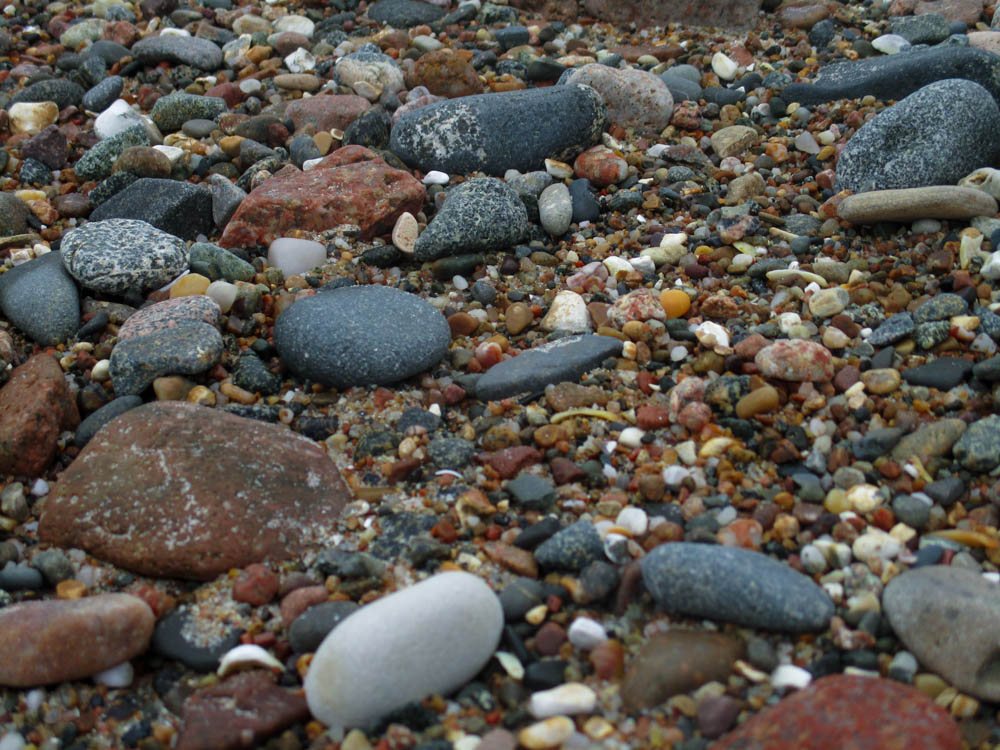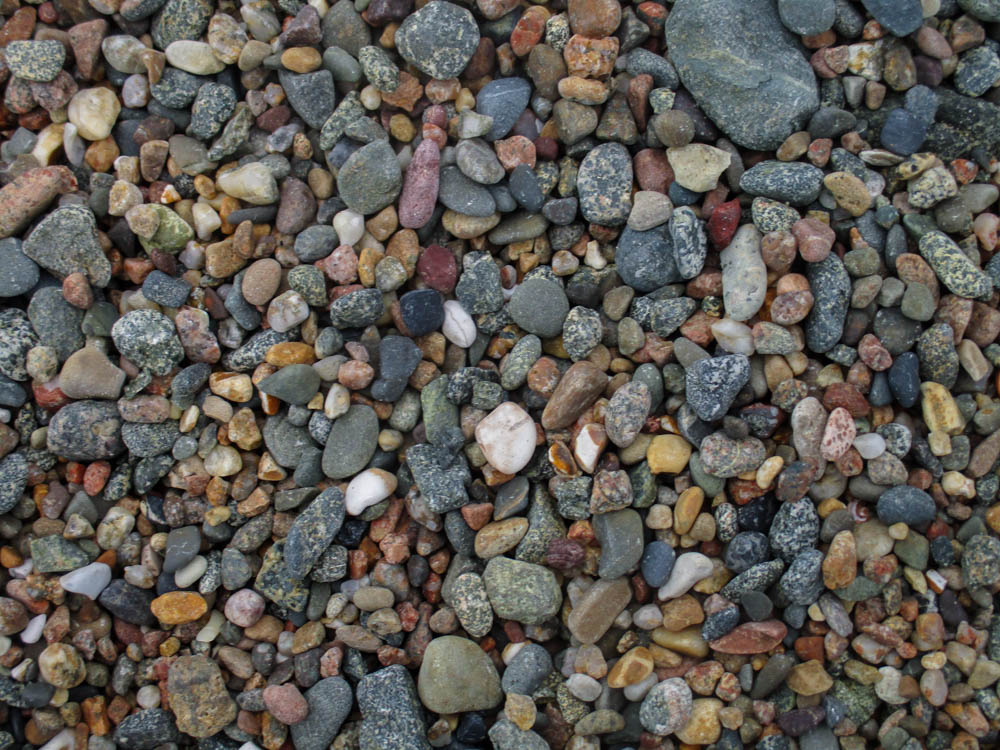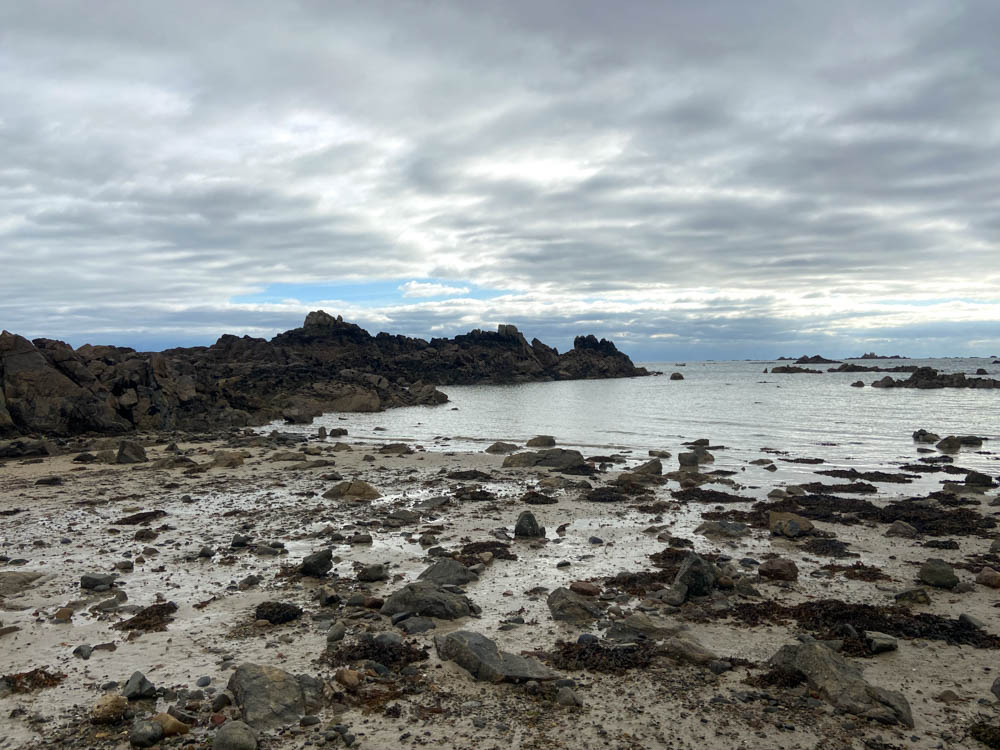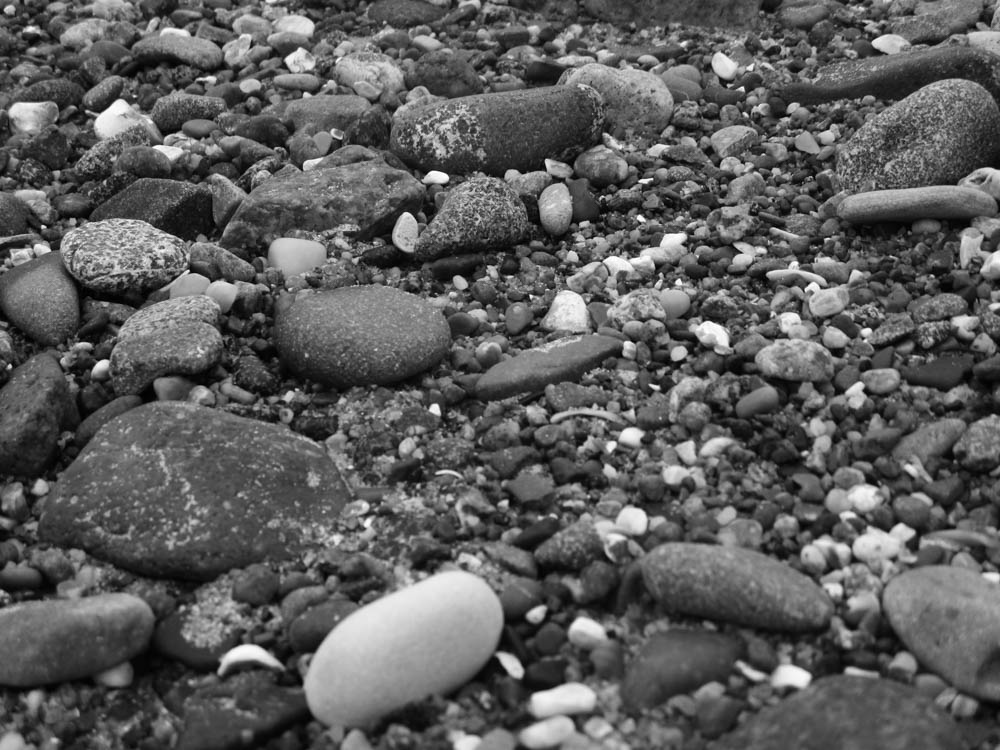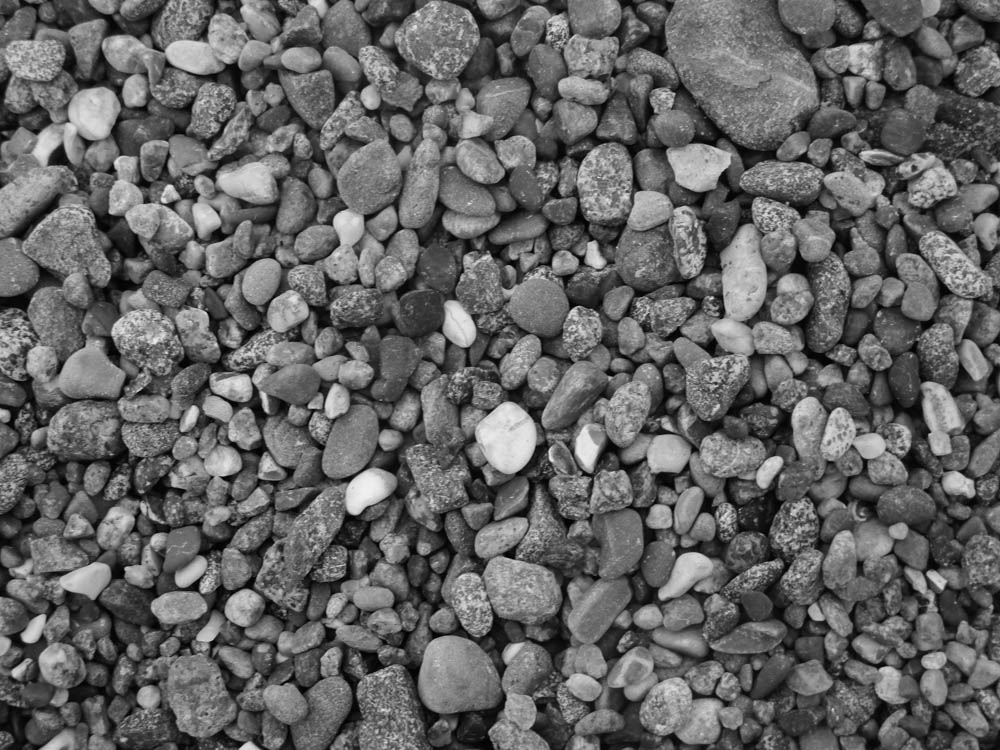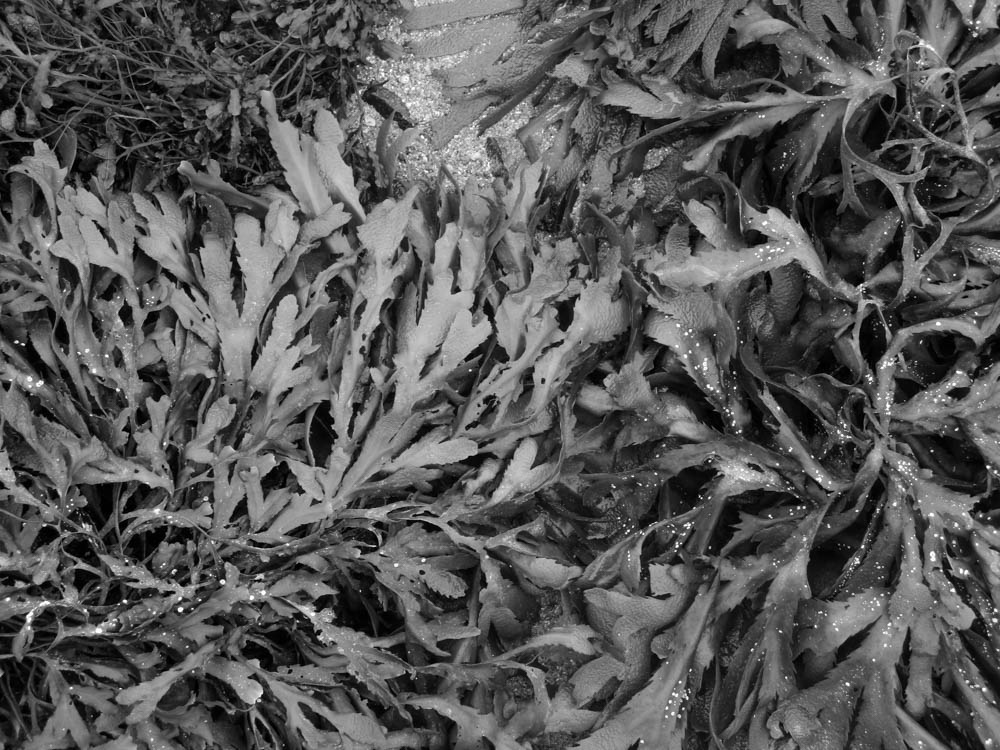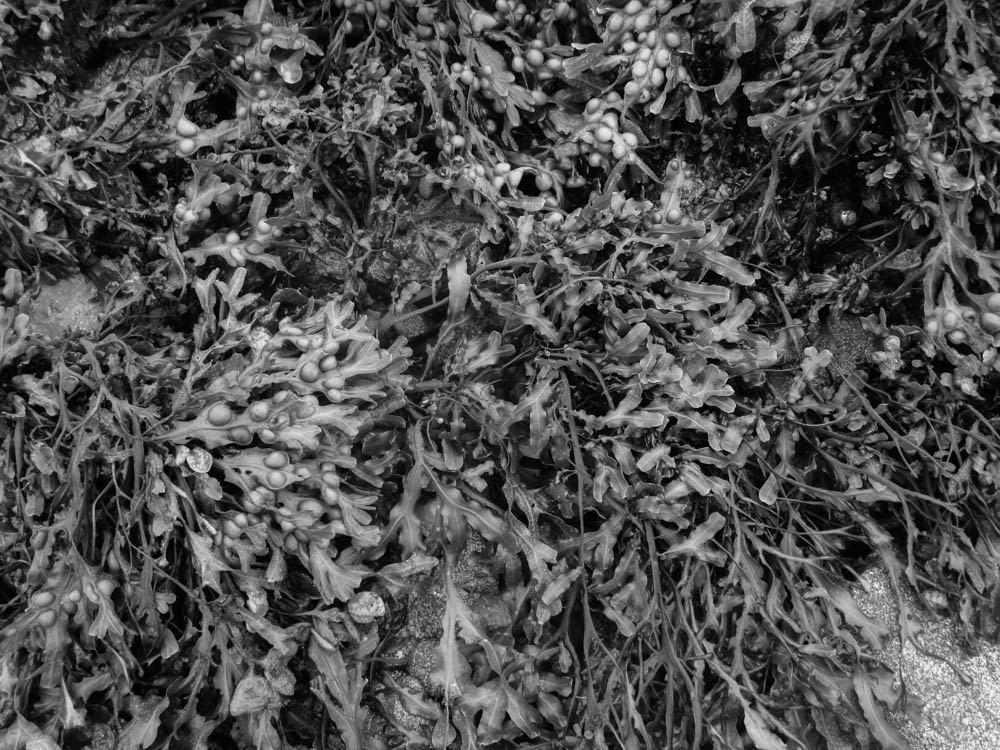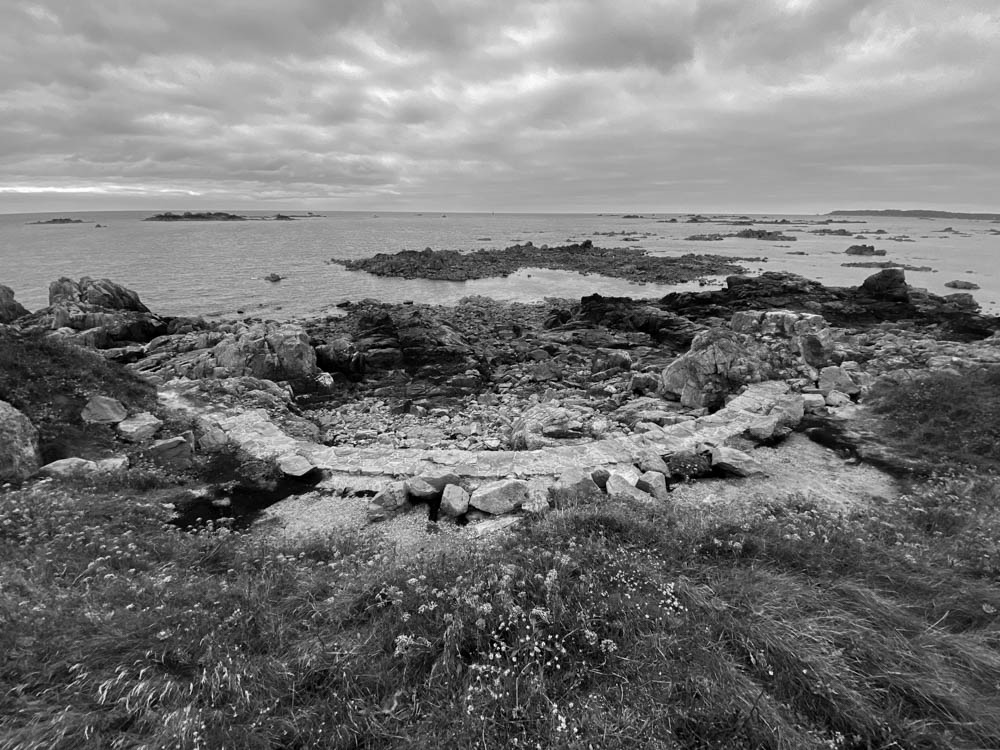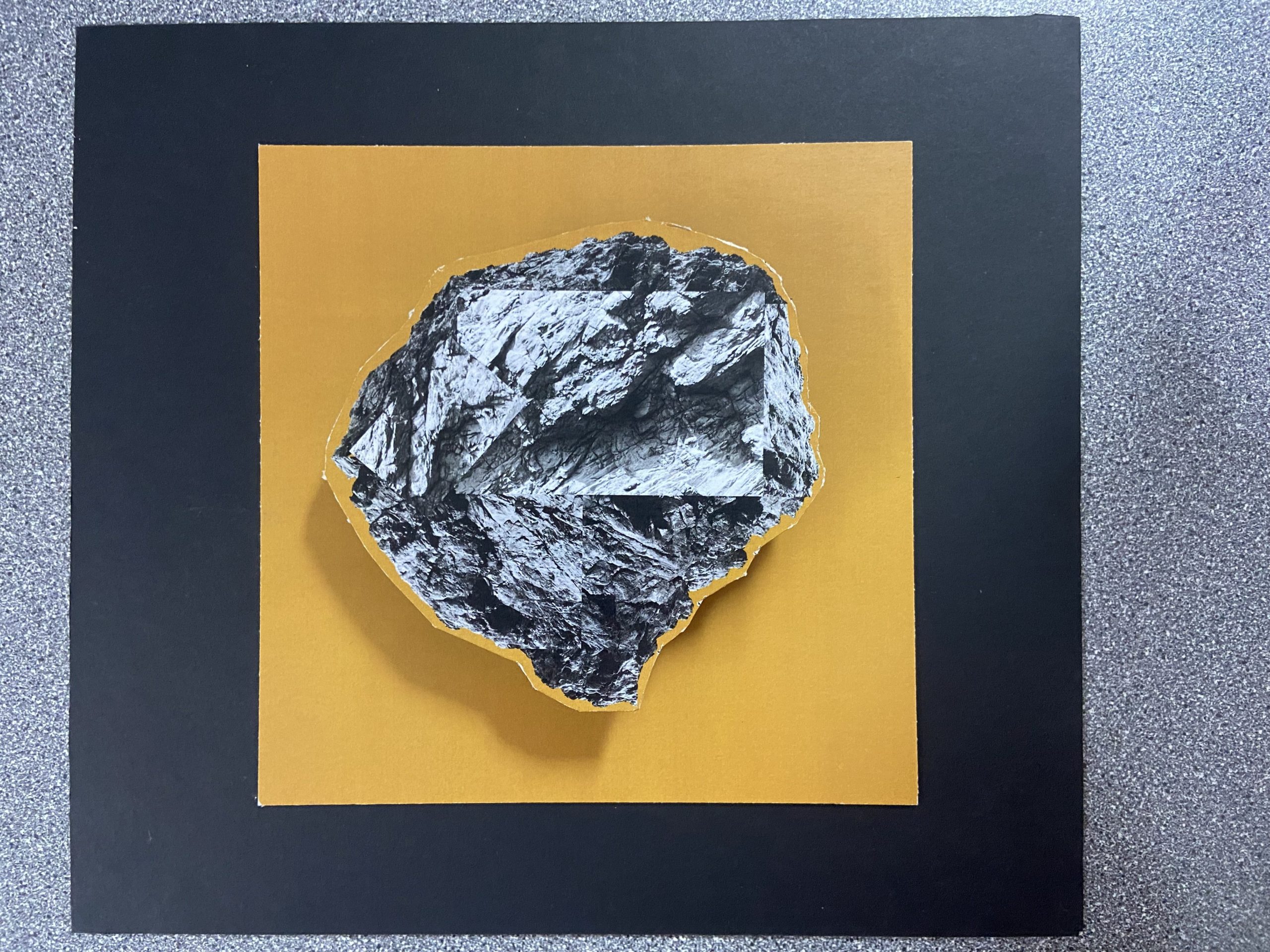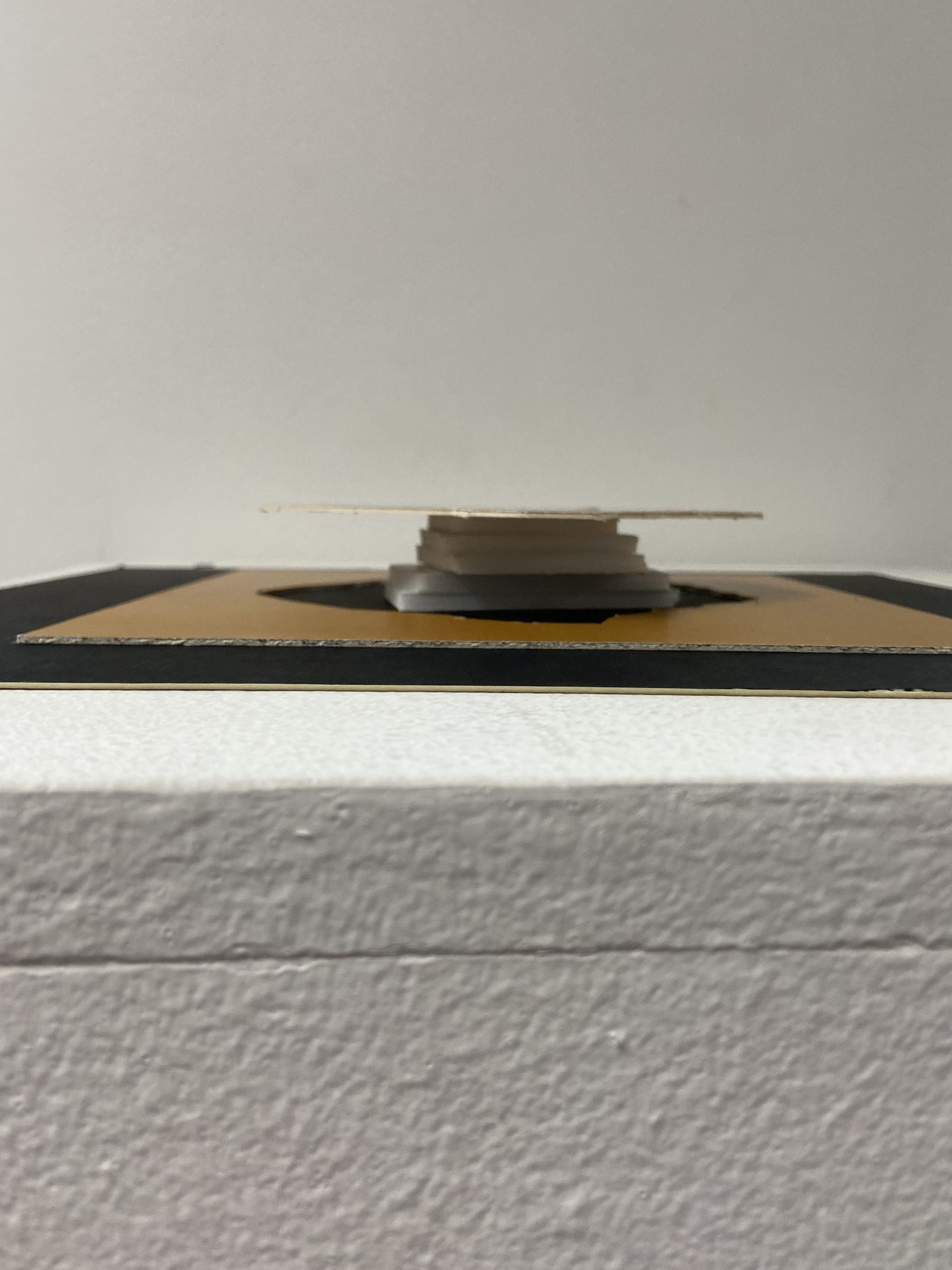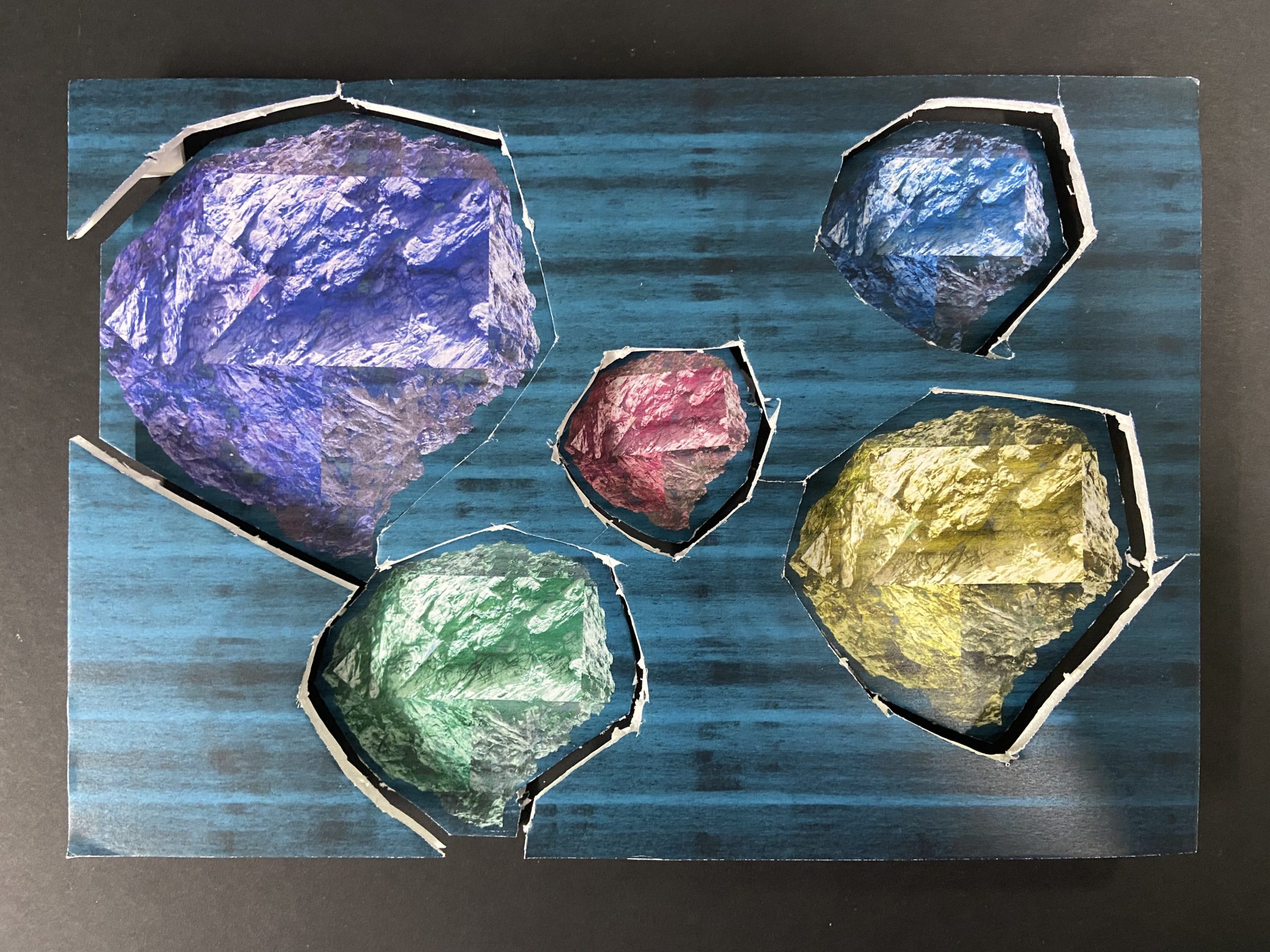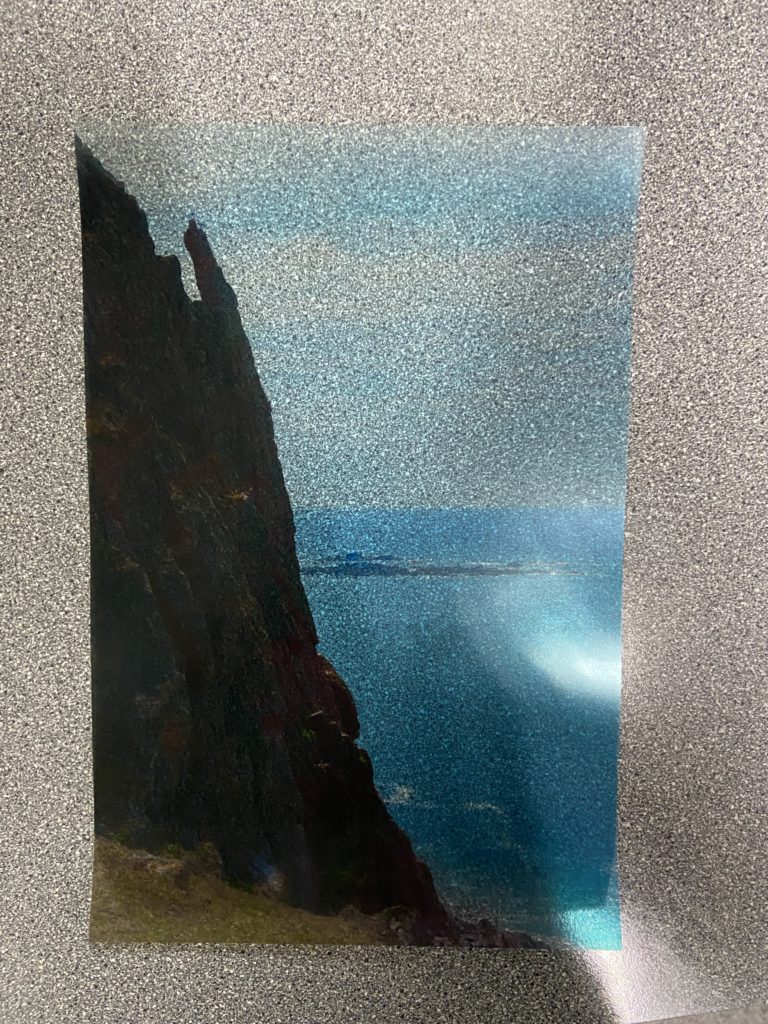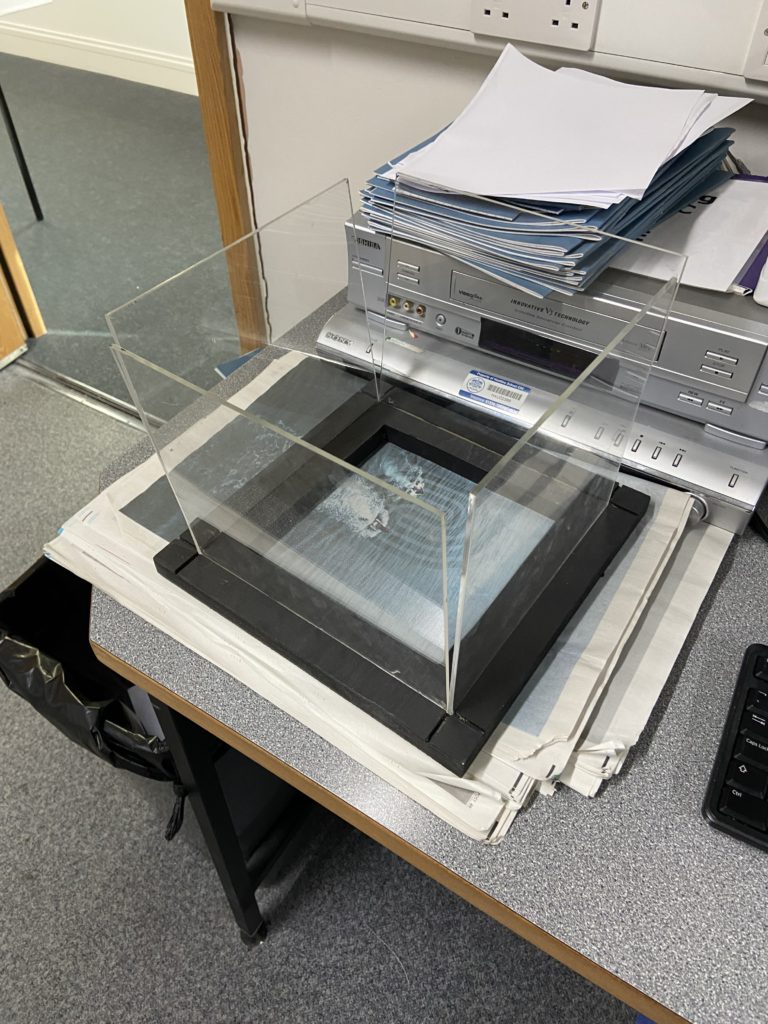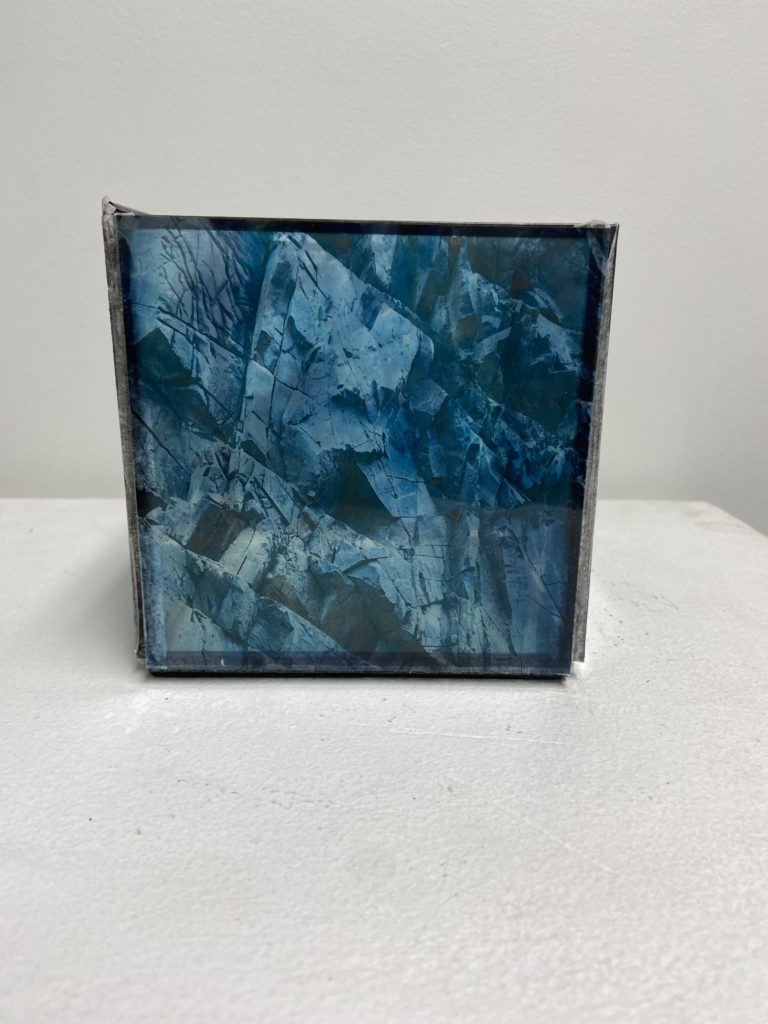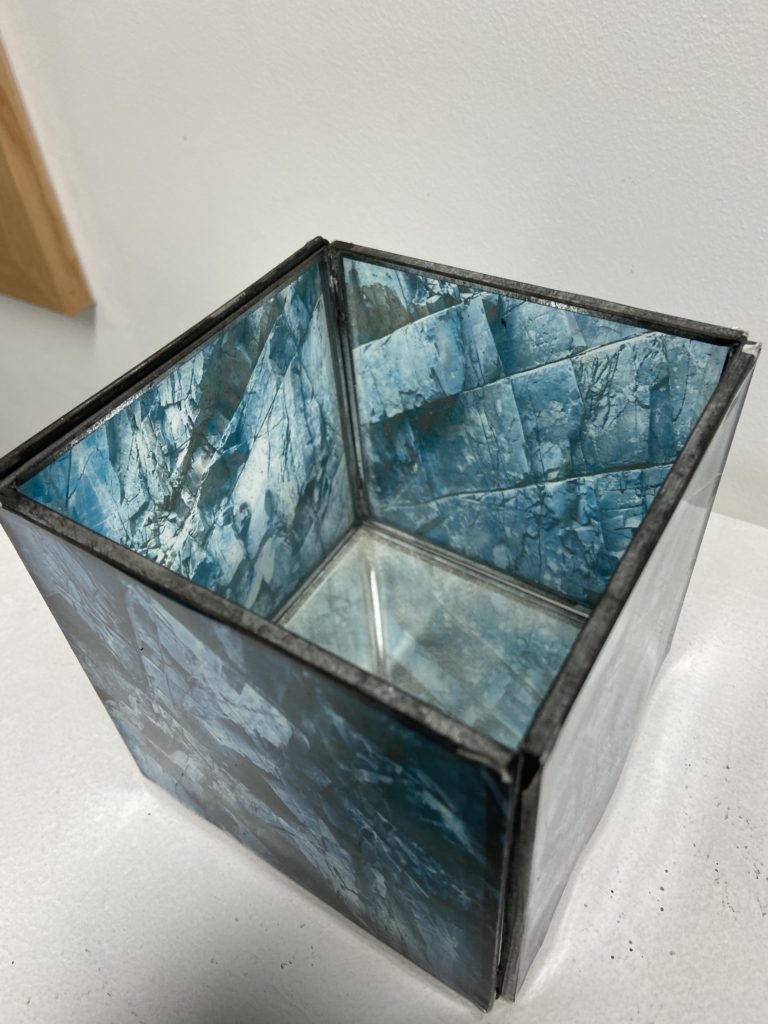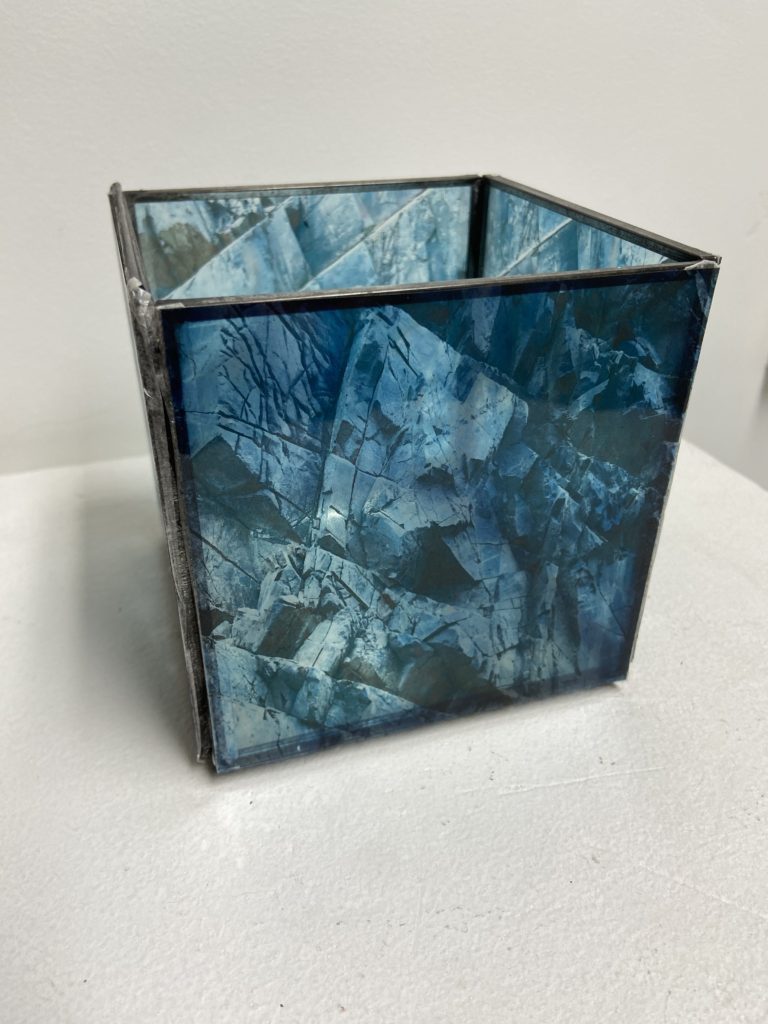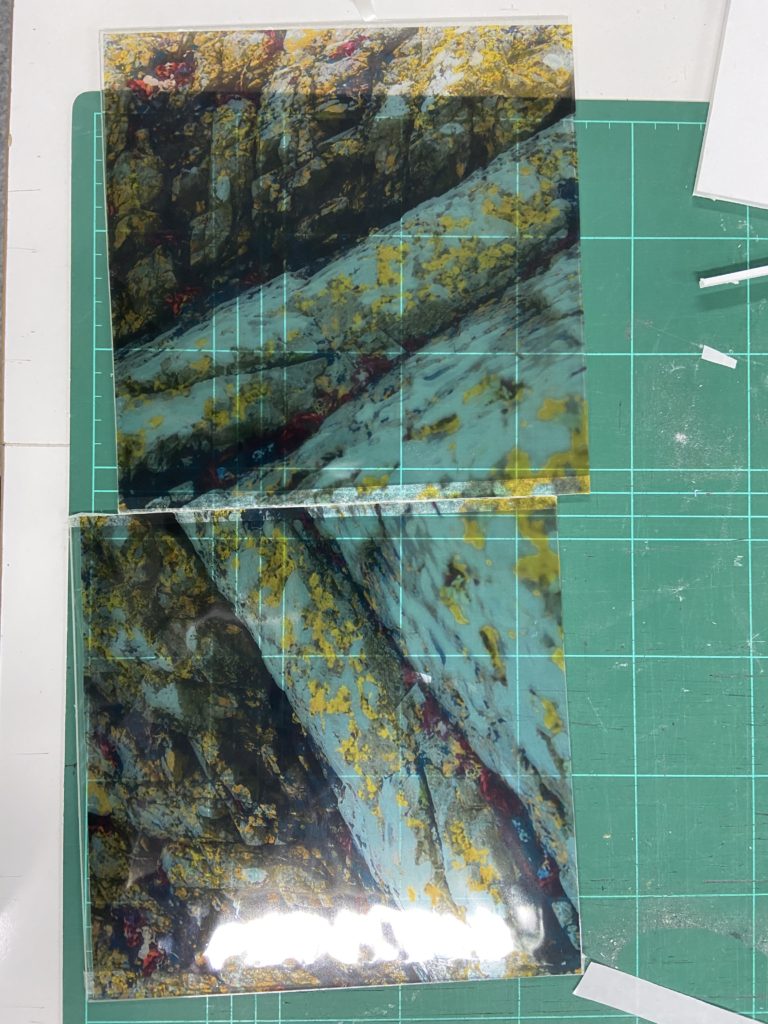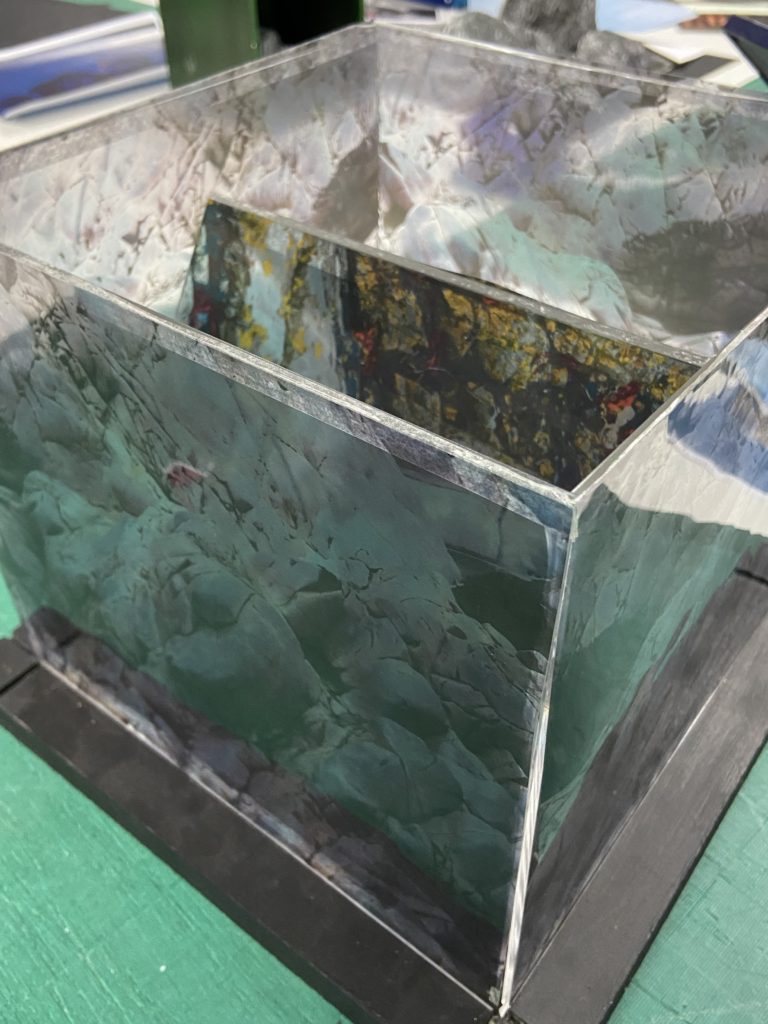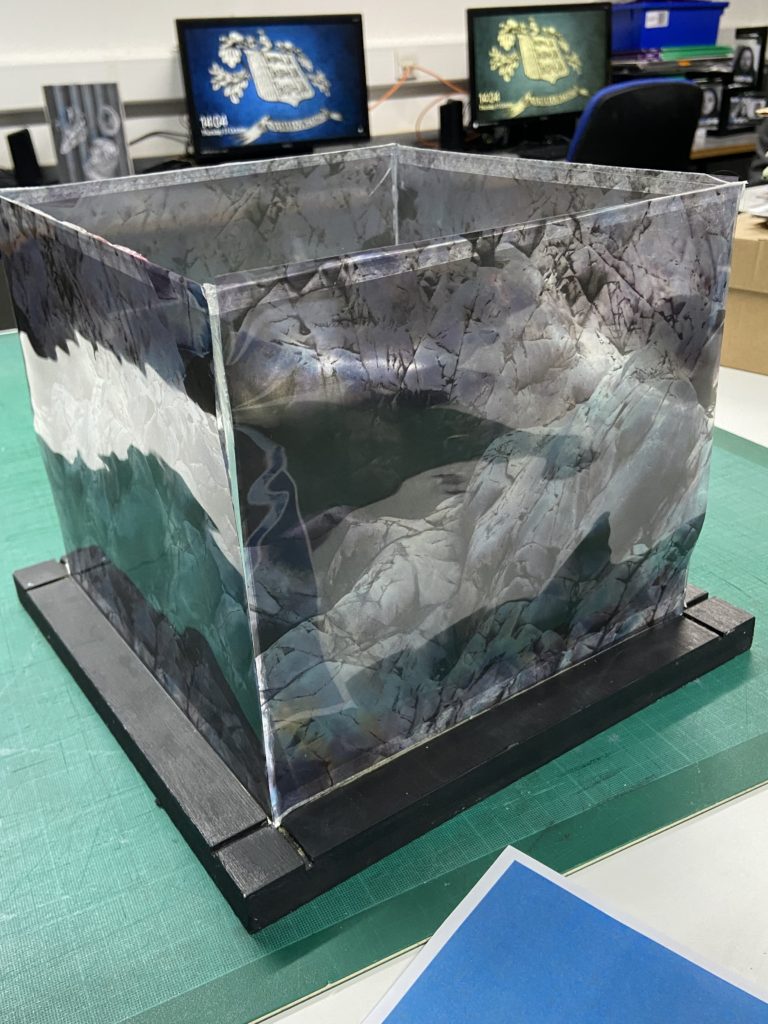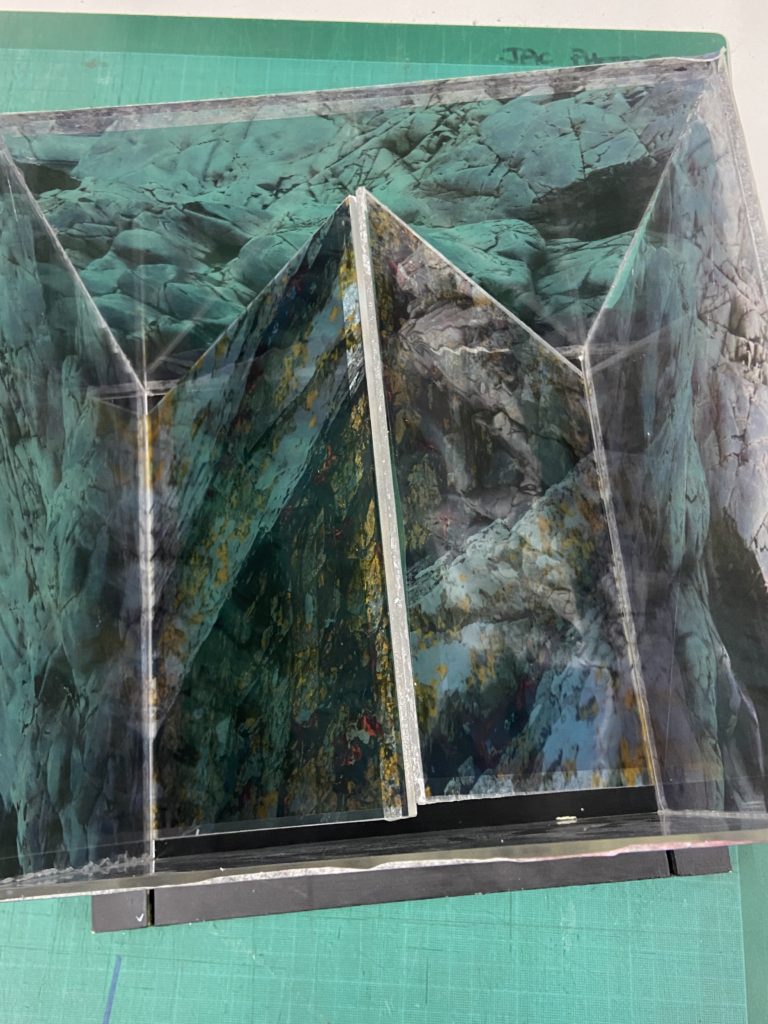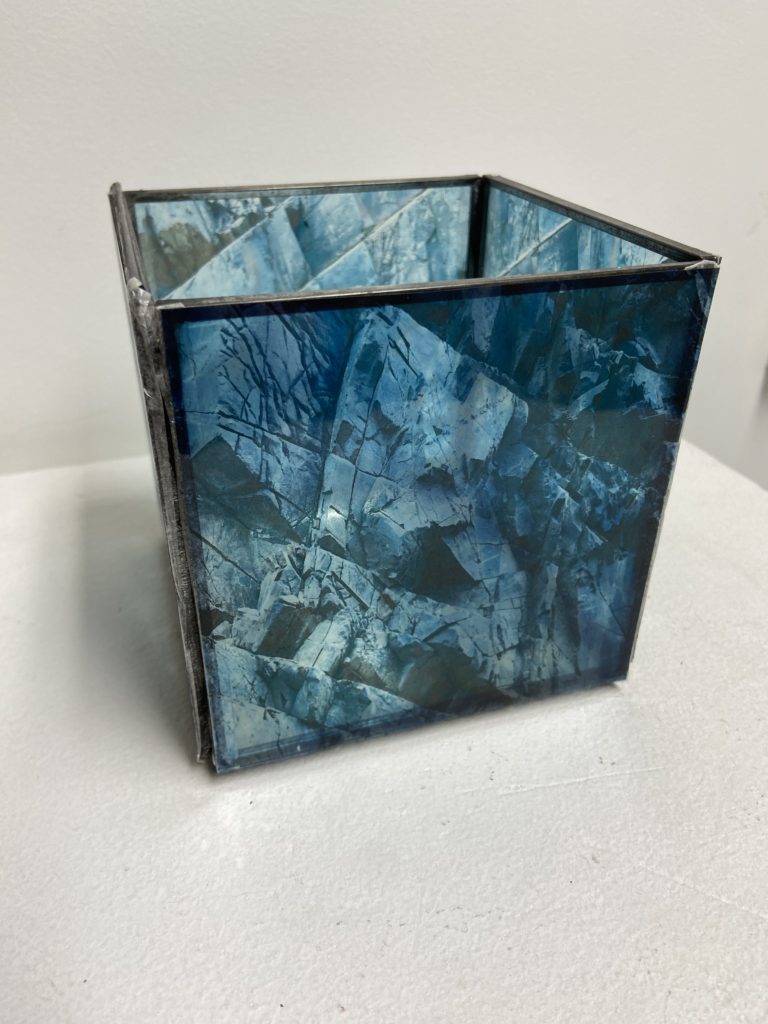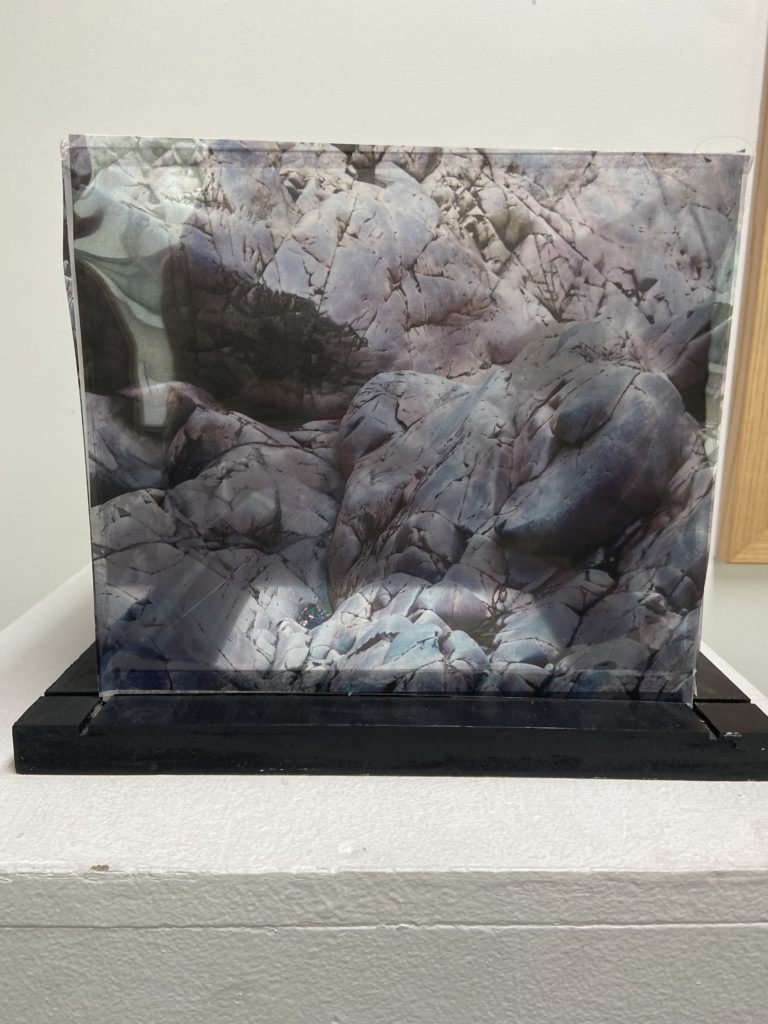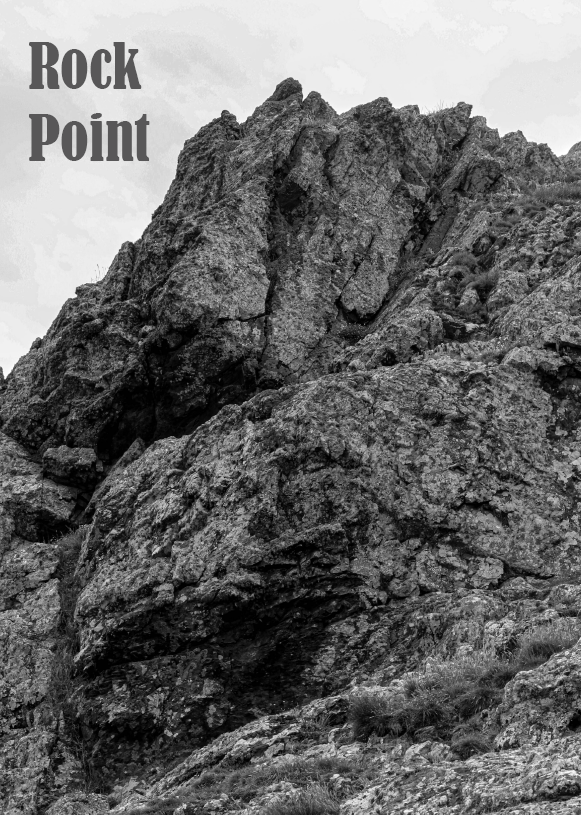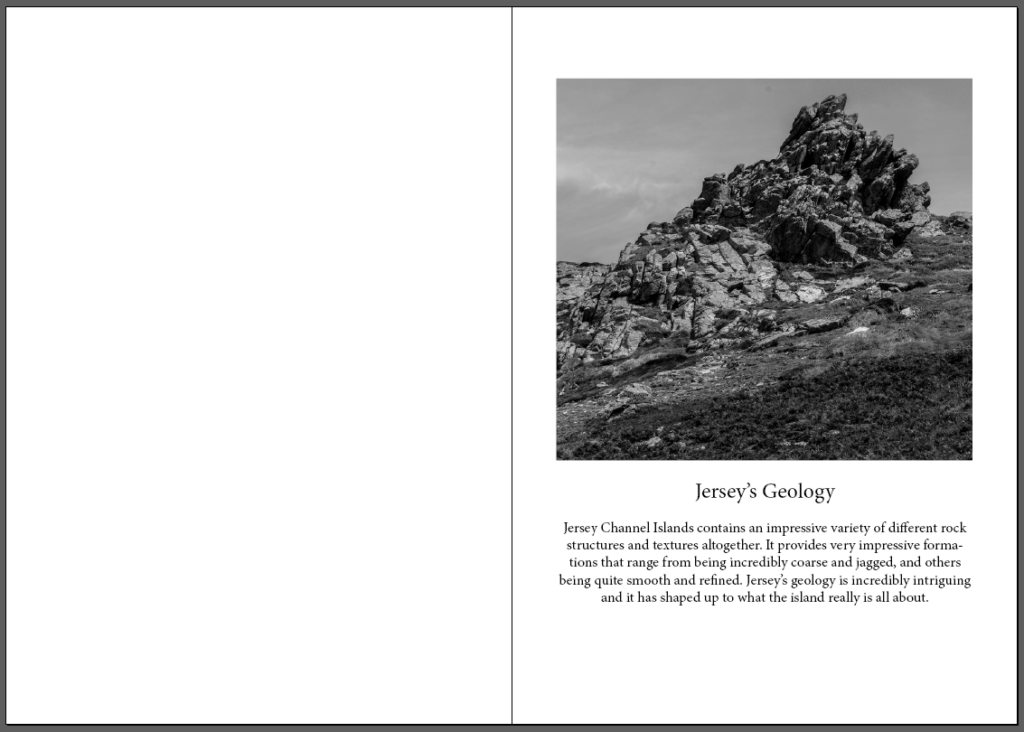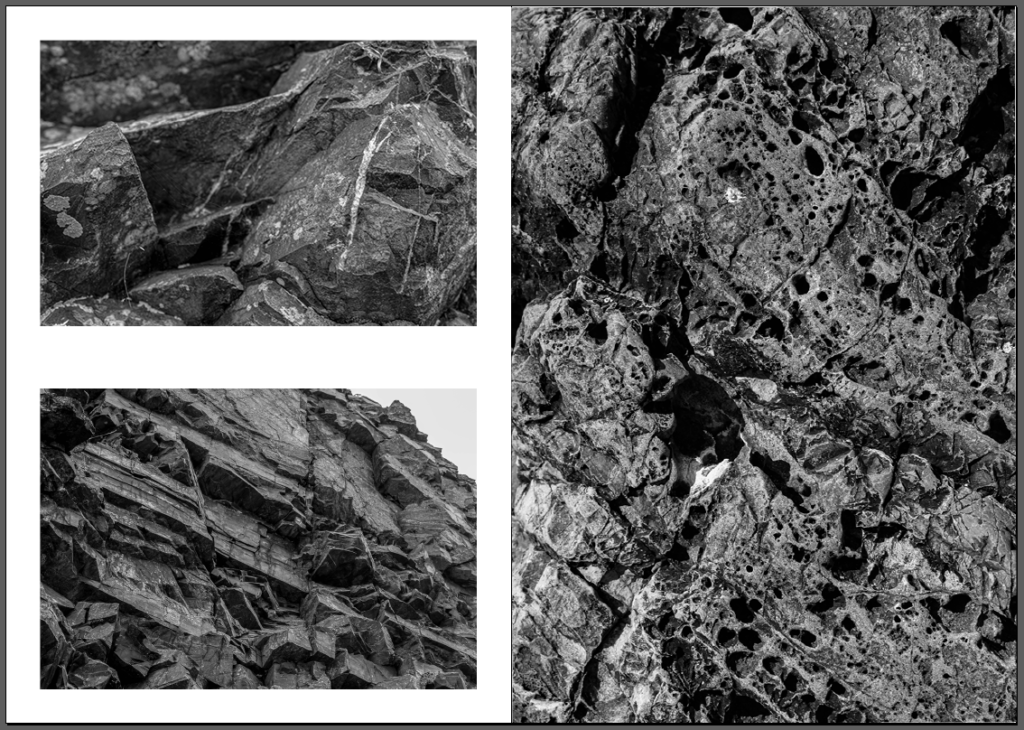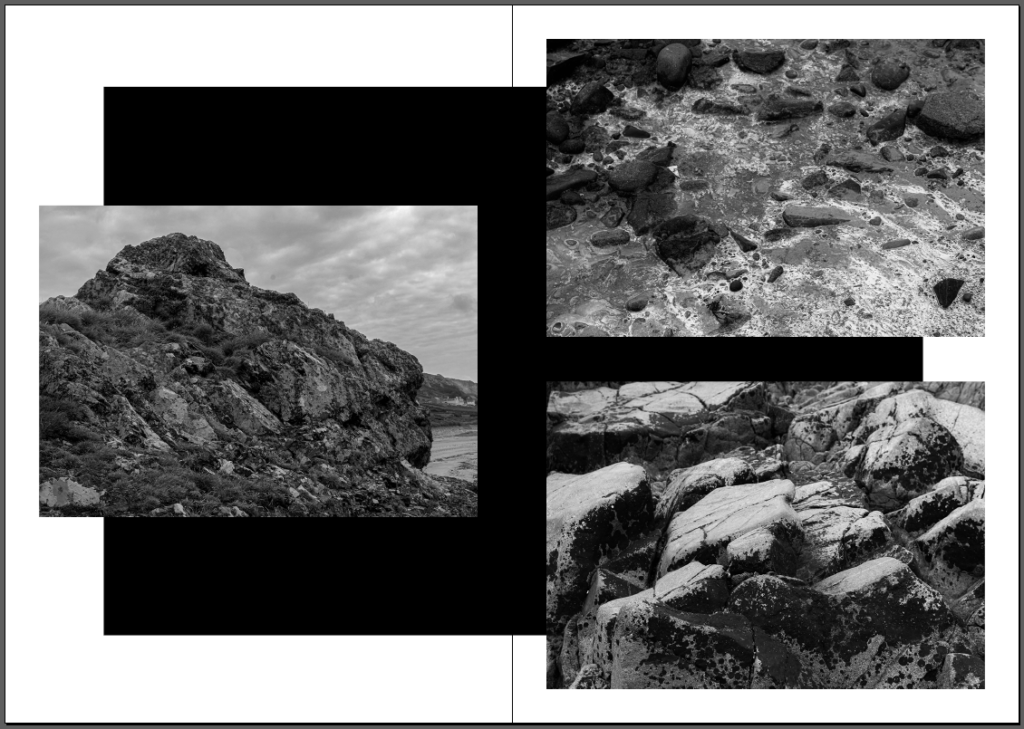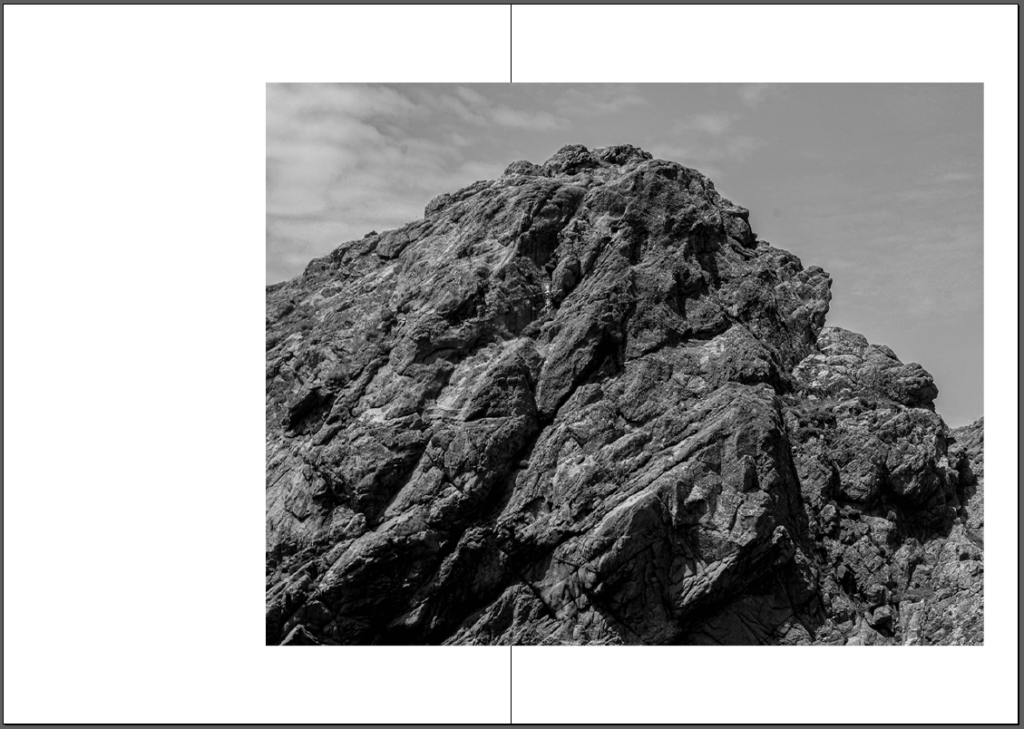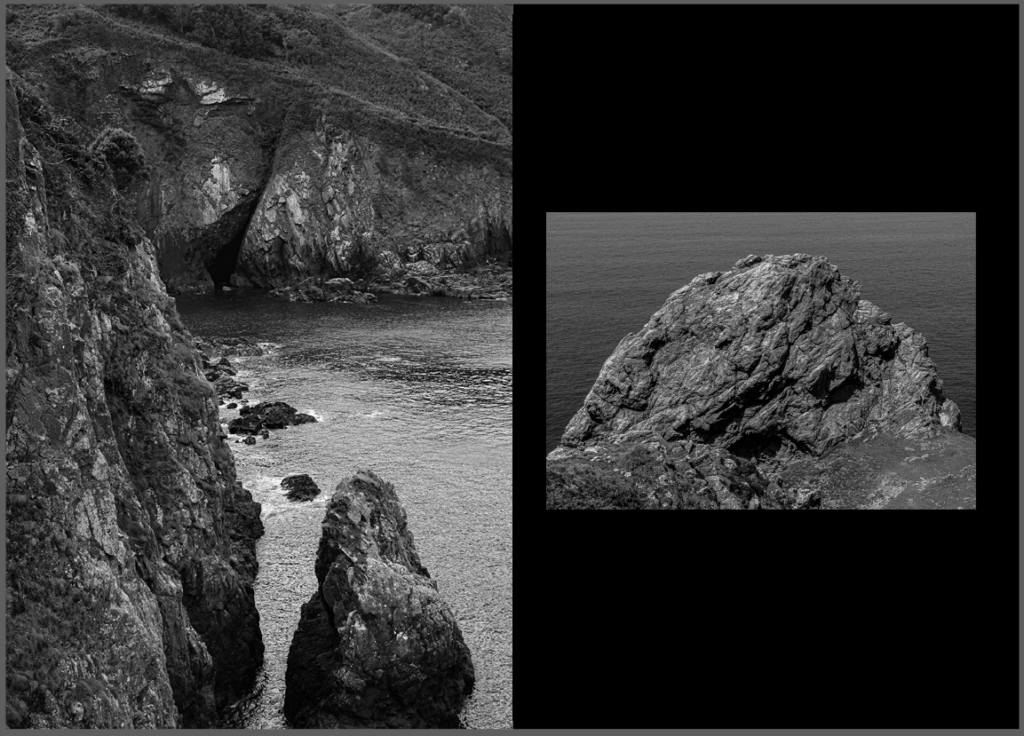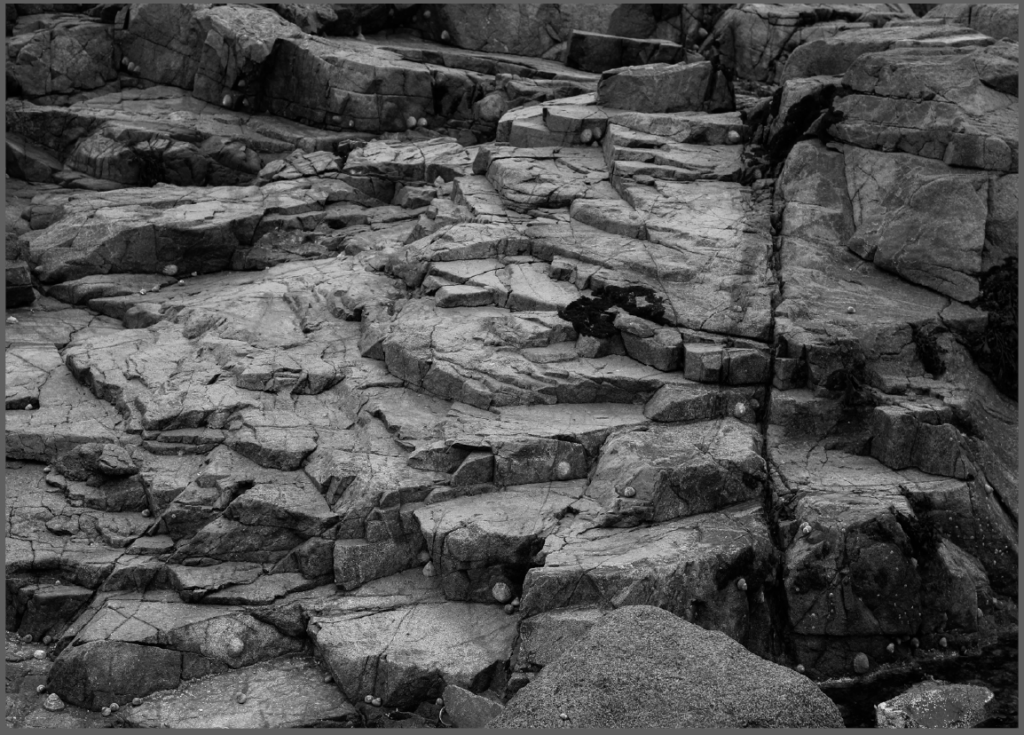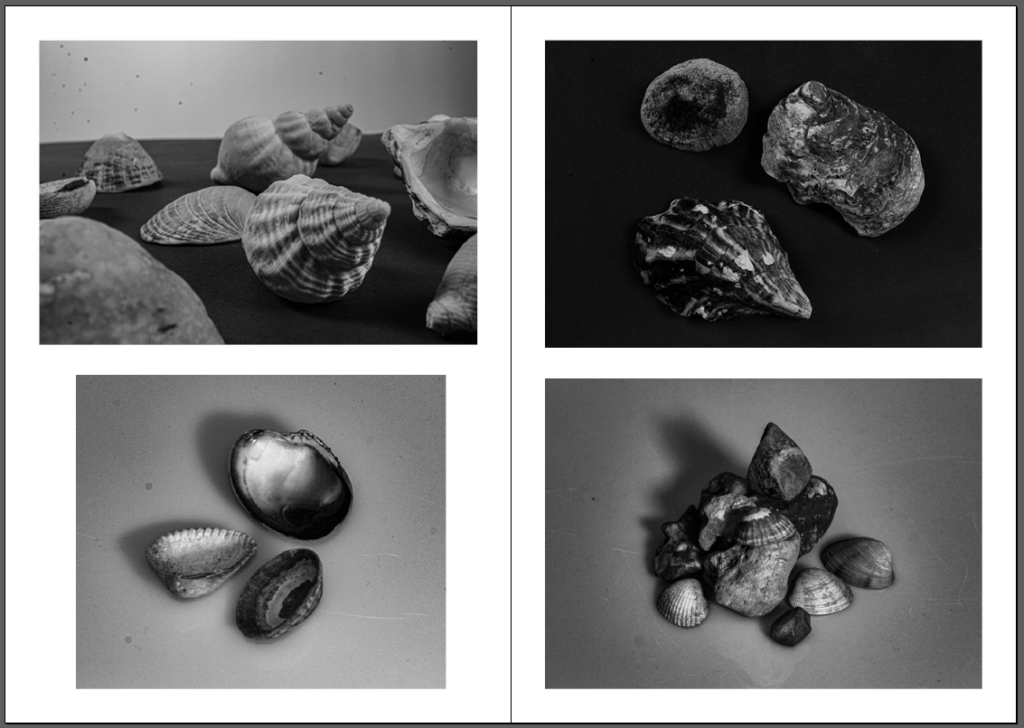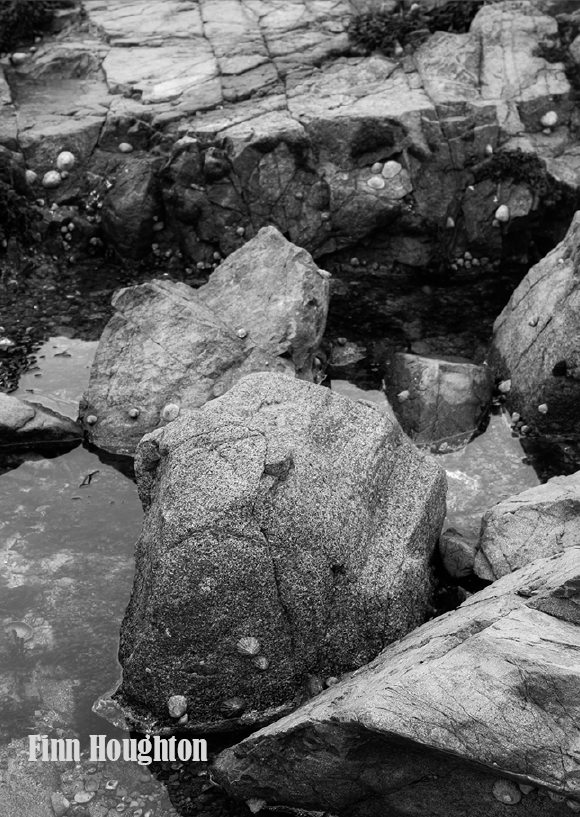Research –
A zine is a small book which grew in popularity during the early 19th to 20th century through the amateur press but grew in popularity through the 1920’s and 1930’s due to the rise pf the popularity in the science fiction fandom. These zines consisted of adapted texts/images or self-published work, originally political but have since changed to appeal to anyone’s interests, which have been created by a single person or a small group of people which are the recirculated in to the public for others to see. They can consist of a variety of creative ideas such as poems, archival materials, drawings, interviews, poems, comics, etc. I think that zines are good ways to spread an image or tell a story because they aren’t long but they let your creativity flow throughout them on what you want to raise awareness of or tell to other people. Here is some more information on zines.

Mood board –
Below is a mood board which I constructed by taking photos of zines that appealed to me in class which I think that I could take inspiration from when considering how to craft and visualise my own zine. I think that this is very helpful for me and I will start by making a mock up zine of my initial idea then expanding on this and seeing if I likes my original idea/s.
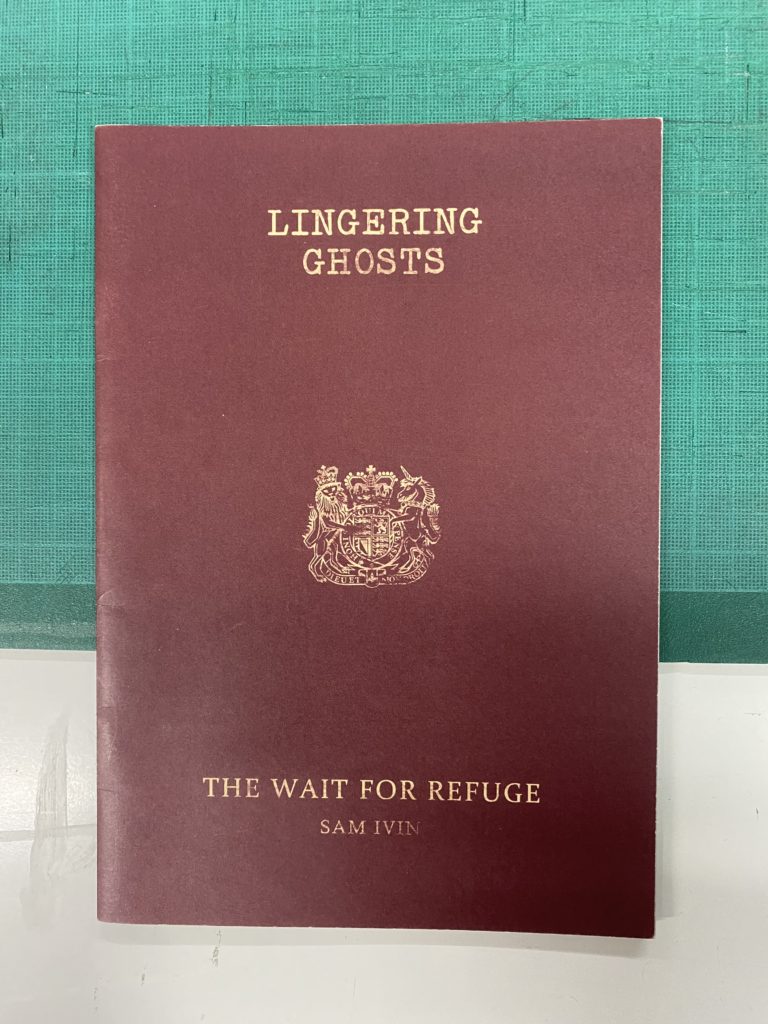
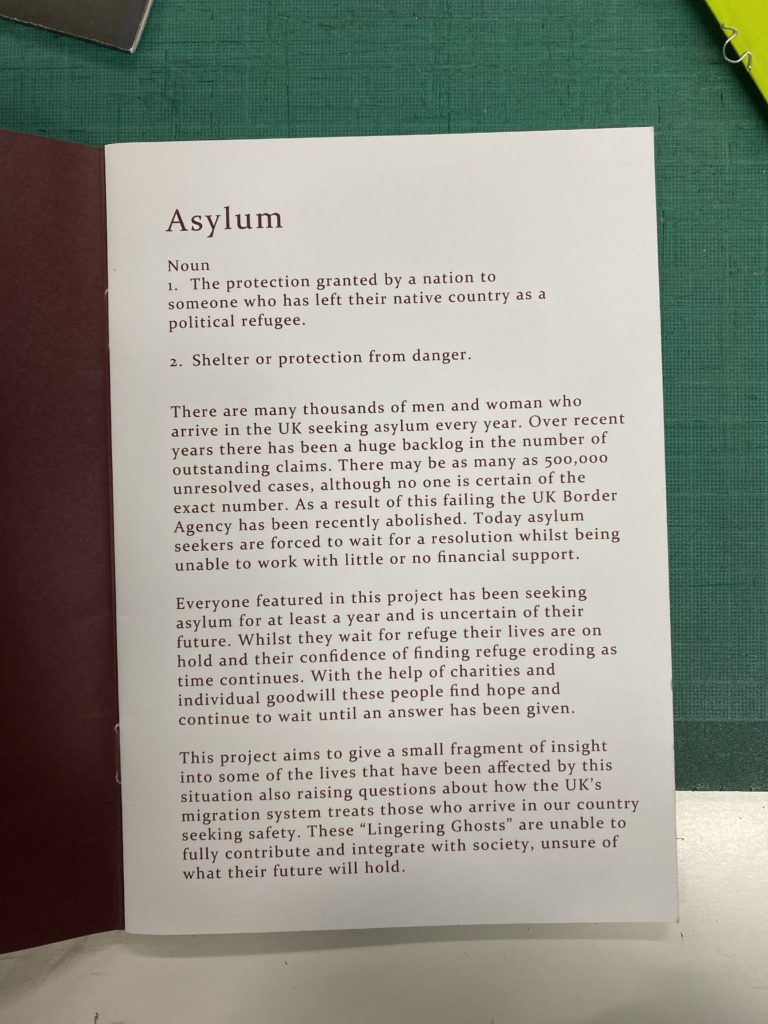
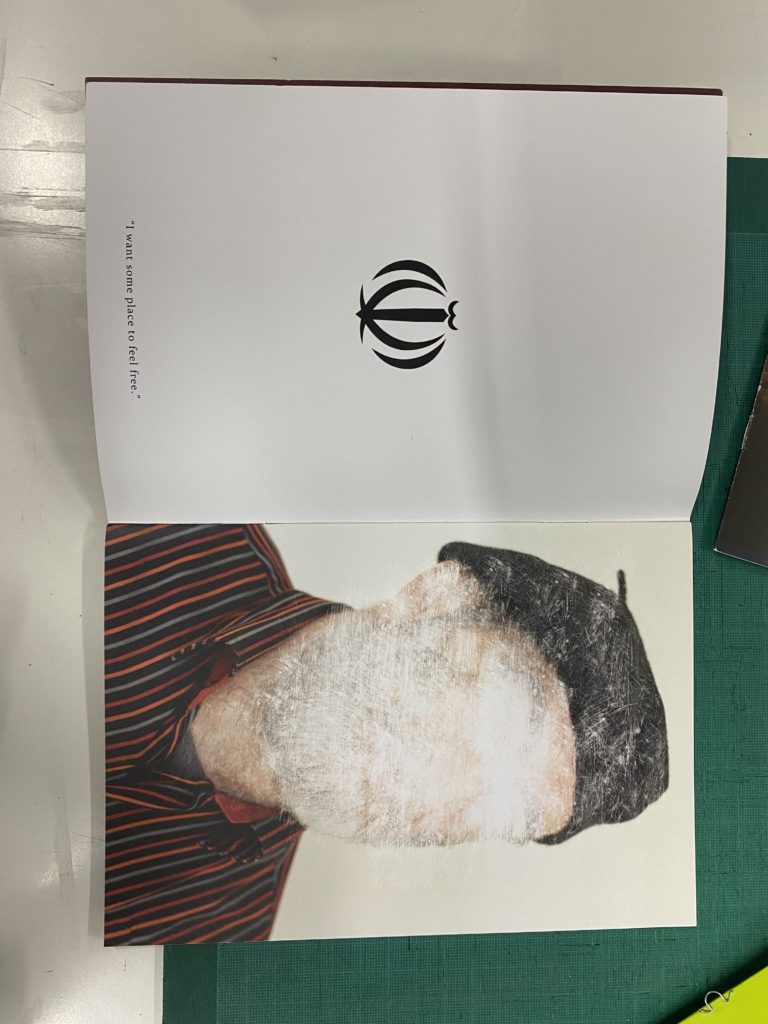
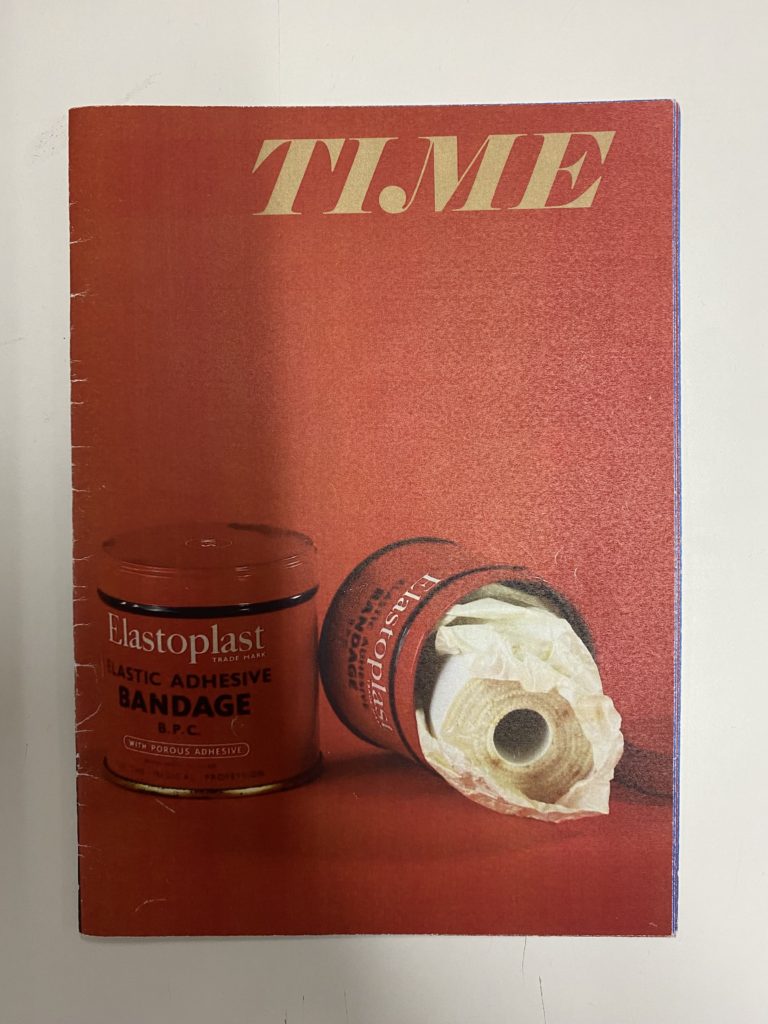


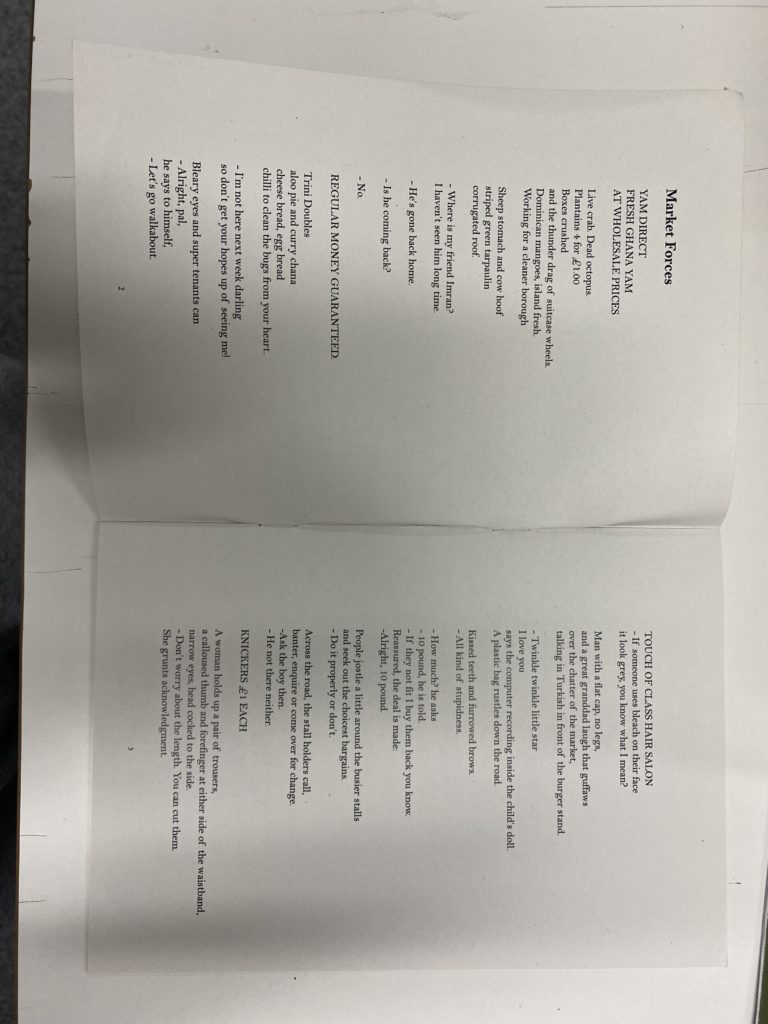
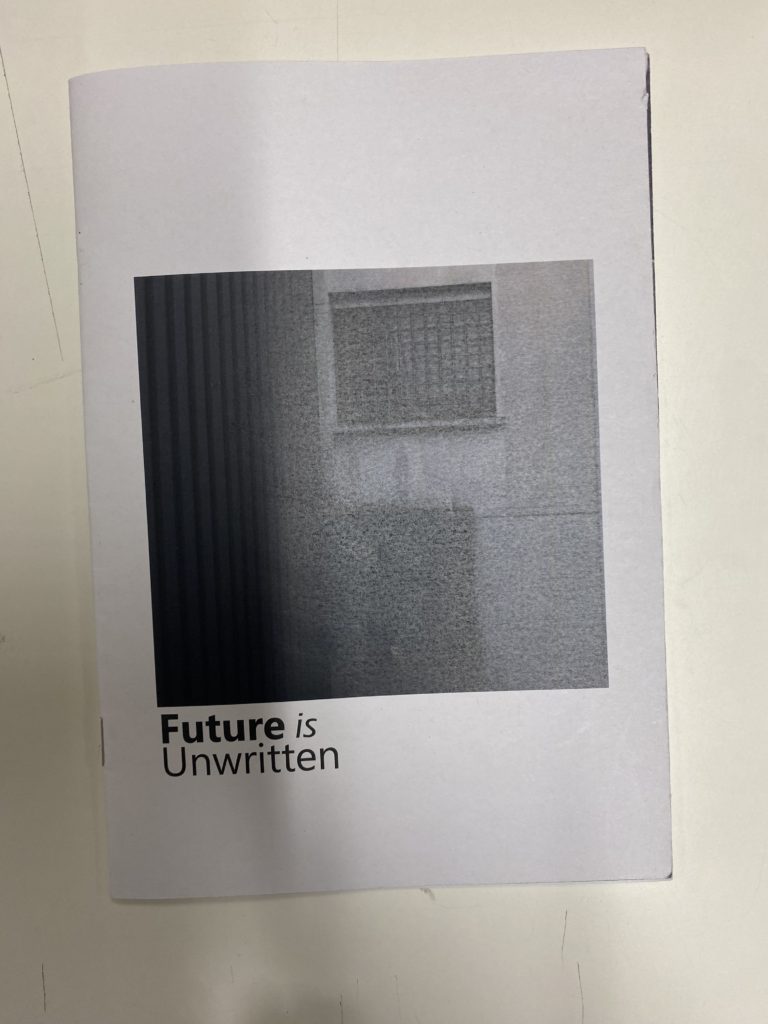
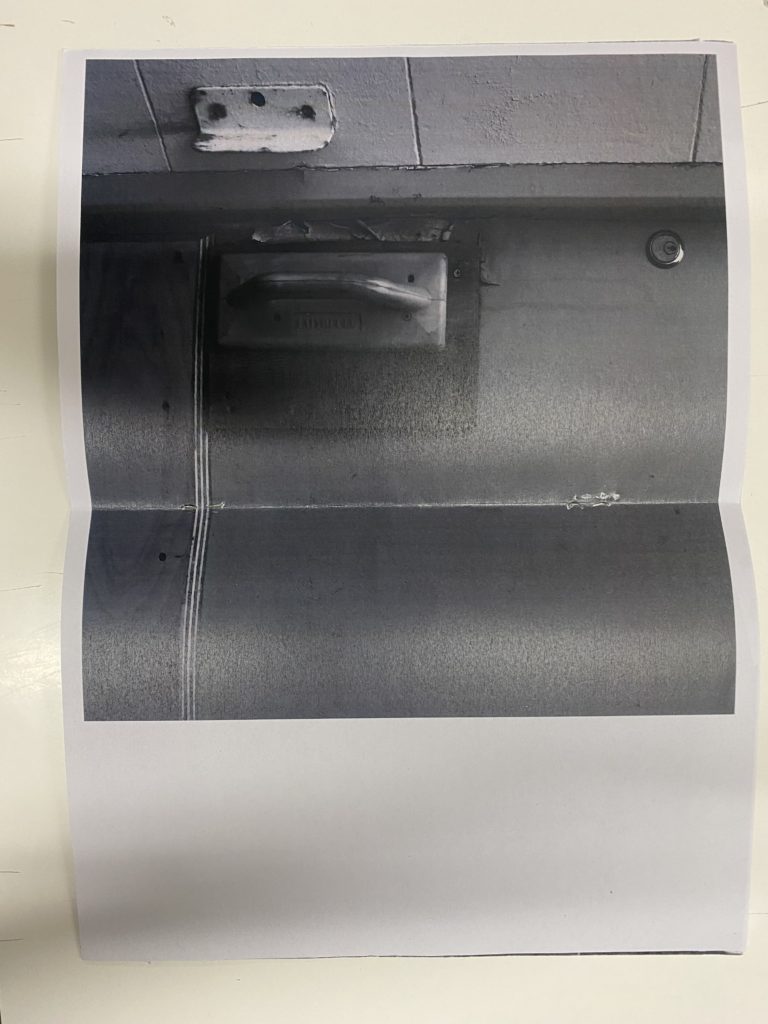
These are different examples which I have looked at to help me gain some ideas for my zine that I will create. I really liked the idea of doing a passport to show a journey that you take throughout the photos, giving an introduction on the first page with a picture on the right hand side with a symbol on the opposite side. I also liked the bright coloured zines with brighter fonts, as it is simplistic yet effective because they contrast well against the black and white photos. There was also a zine which consisted of poems and I think that this could be quite effective when telling a story but I am unsure of how well it would work with an idea of a passport, which was my original idea. The last one, similar to the passport, takes you on a journey of what the future could consist of and then the 2nd and 3rd page included a photo which spans across 2 pages, stopping midway which I like because it isn’t overwhelming by taking up the whole page and it is just enough which I think could be nice.
My ideas –
- Passport structured zine.
- Coloured visual journey with black and white pictures.
- Using archival materials throughout, showing the change in scenery over the years.
- Using poems to add another level of personality, nature based/beach based.
- Black and white photos, similar to you make up the colours in which you think will be in the different places as if you are using a paintbrush in your mind.
Story and Narrative –
For my zine I wanted to create a story that you follow throughout, below are some ideas of words/sentences which I have used to give me some creative inspiration of how I want to layout and develop the design of my zine. I will apply some of these words/sentences throughout my zine as I think it will be a good way to narrate and guide people through it.
STORY: What is your story?
Describe in:
- 3 words: Path, gloomy, textures.
- A sentence: A path that guides you through different textures while being overlooked by the gloominess of the day.
- A paragraph: The day is bleak and gloomy but their is a path, a path you follow. You don’t know what to expect but you have to believe it will be worthwhile. There are rules that are unspoken. Your imagination is your guide and it can flow as creatively as you want but you have to remember this experience is for yourself, no one else. The rocks hold different textures, and the objects tell numerous stories, it’s up to you to decide what that story may be. As no one can make that decision for you.
NARRATIVE: How will you tell your story?
Examples:
- Images > new photographic responses, photo-shoots of objects…
- Archives > images from SJ photo-archive, found imagery…
- Texts > experiment with typography, key words, poems…

